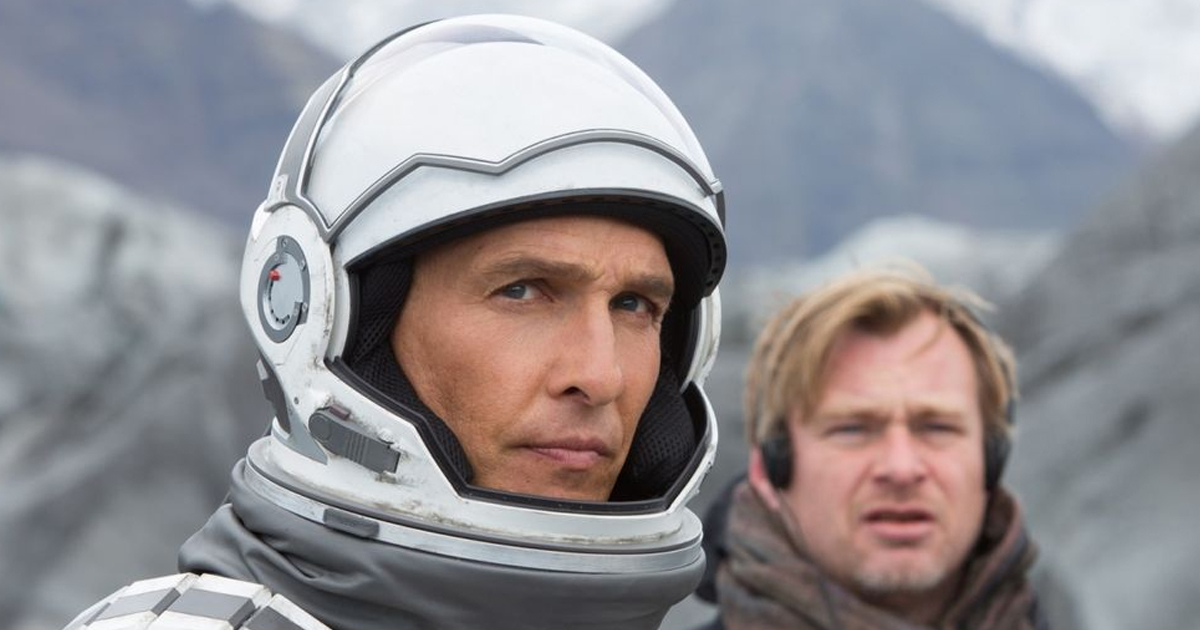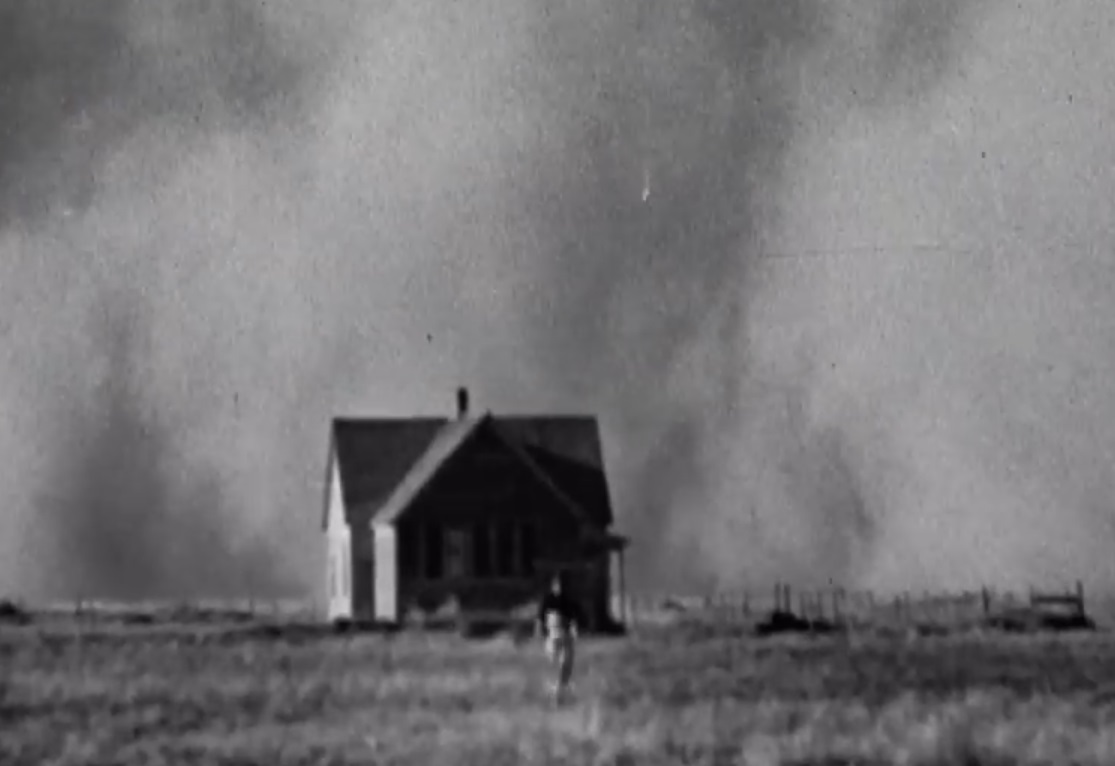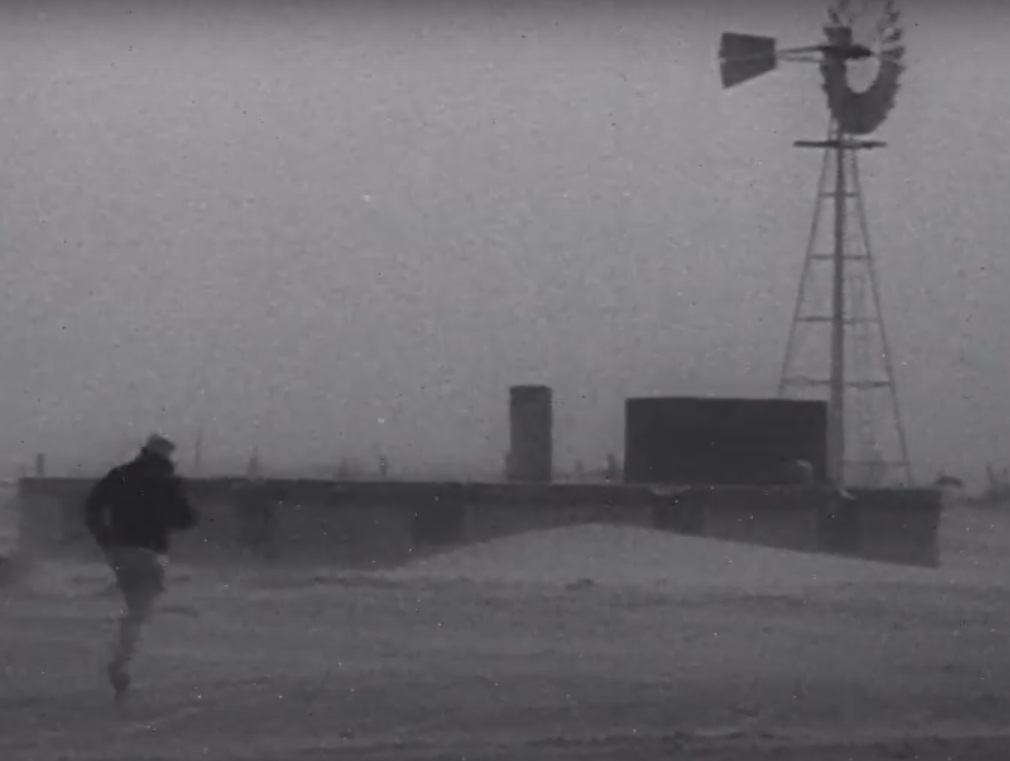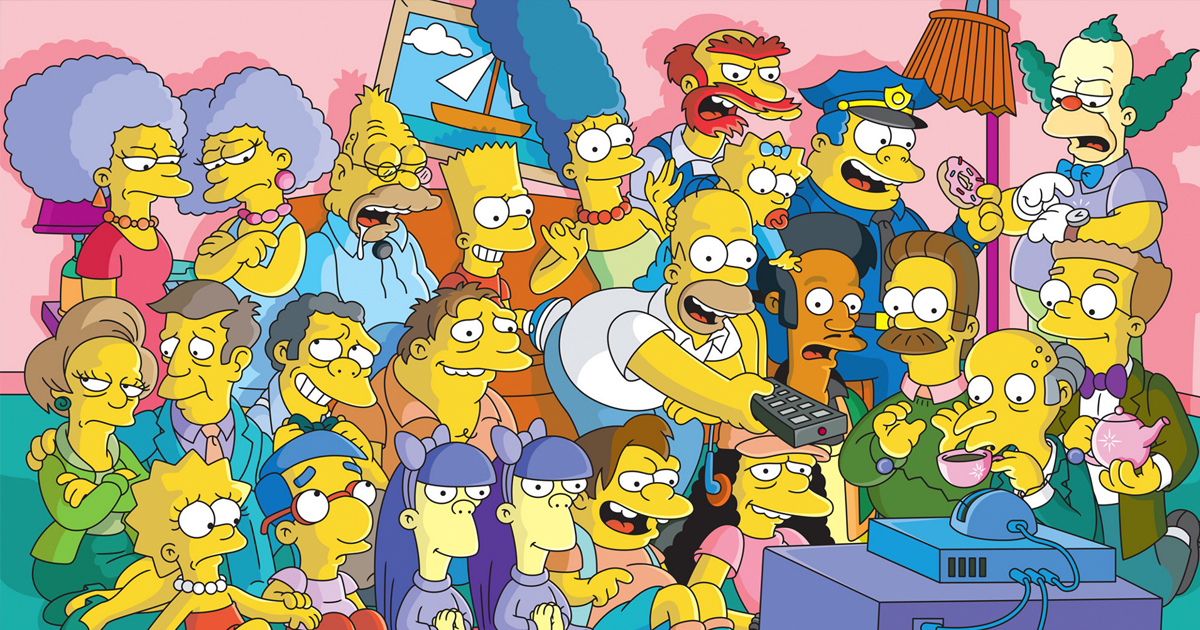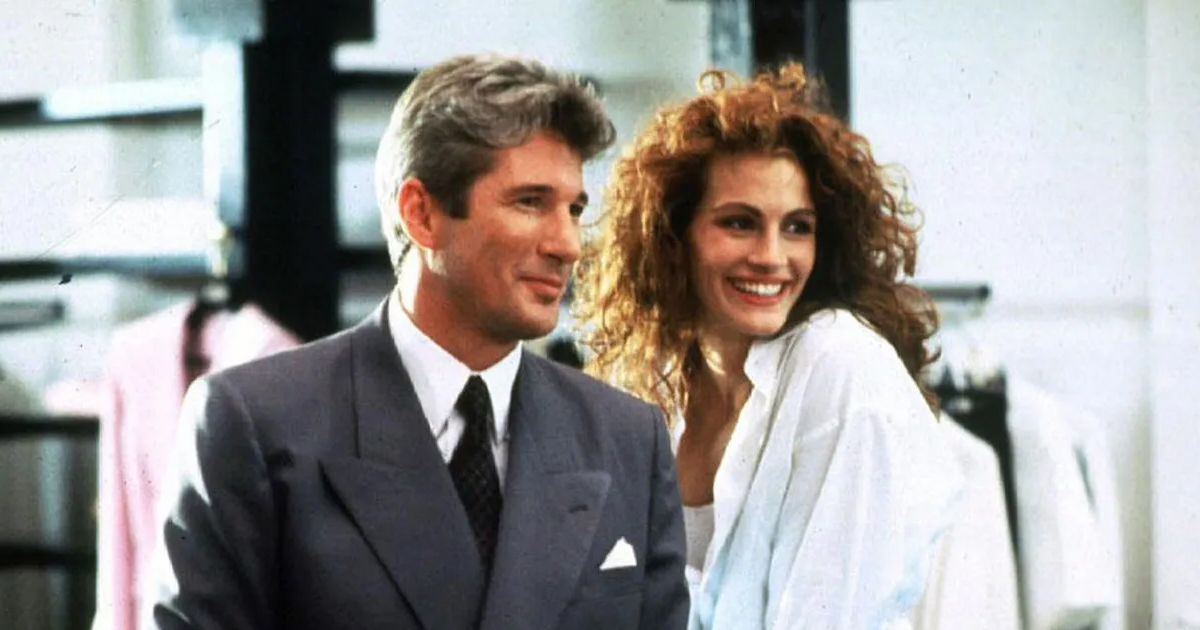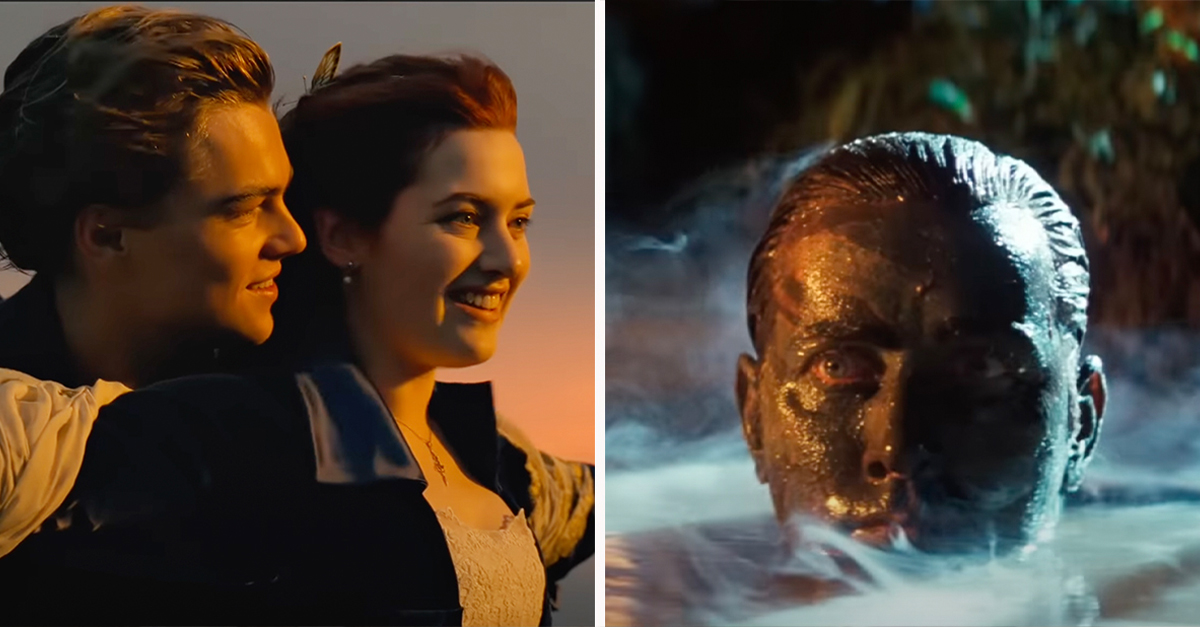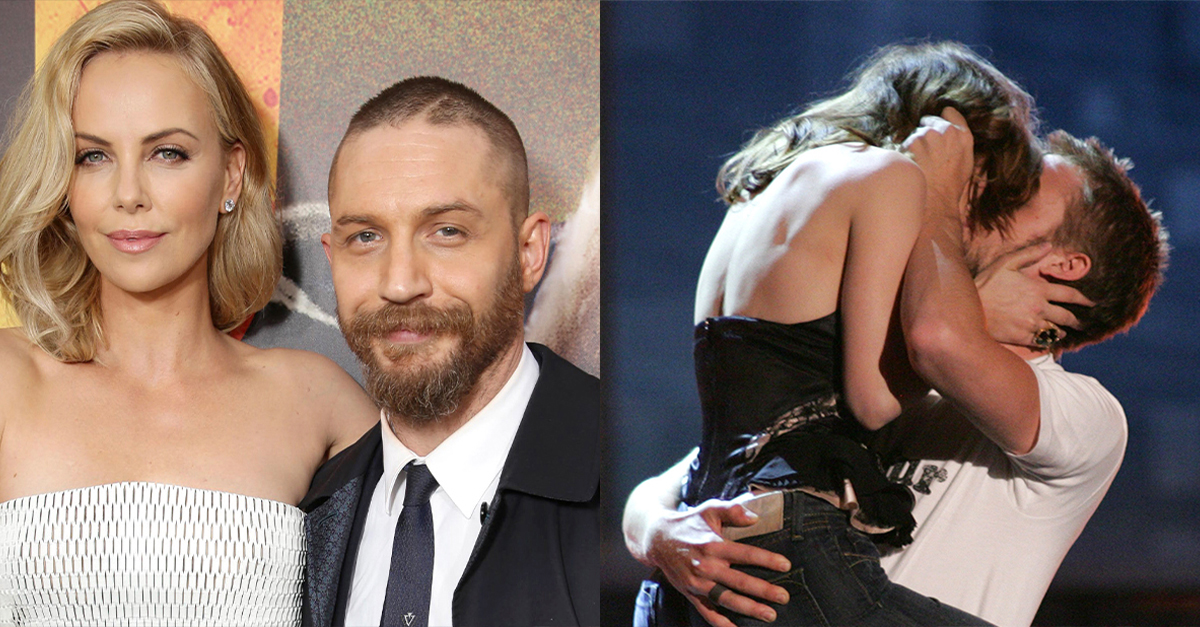Christopher Nolan researched space since childhood
Ever since childhood, Christopher Nolan was obsessed with space. In an interview with NPR, he mentions that when he saw the original Star Wars, it made him realize the value and impact of Hollywood blockbusters.
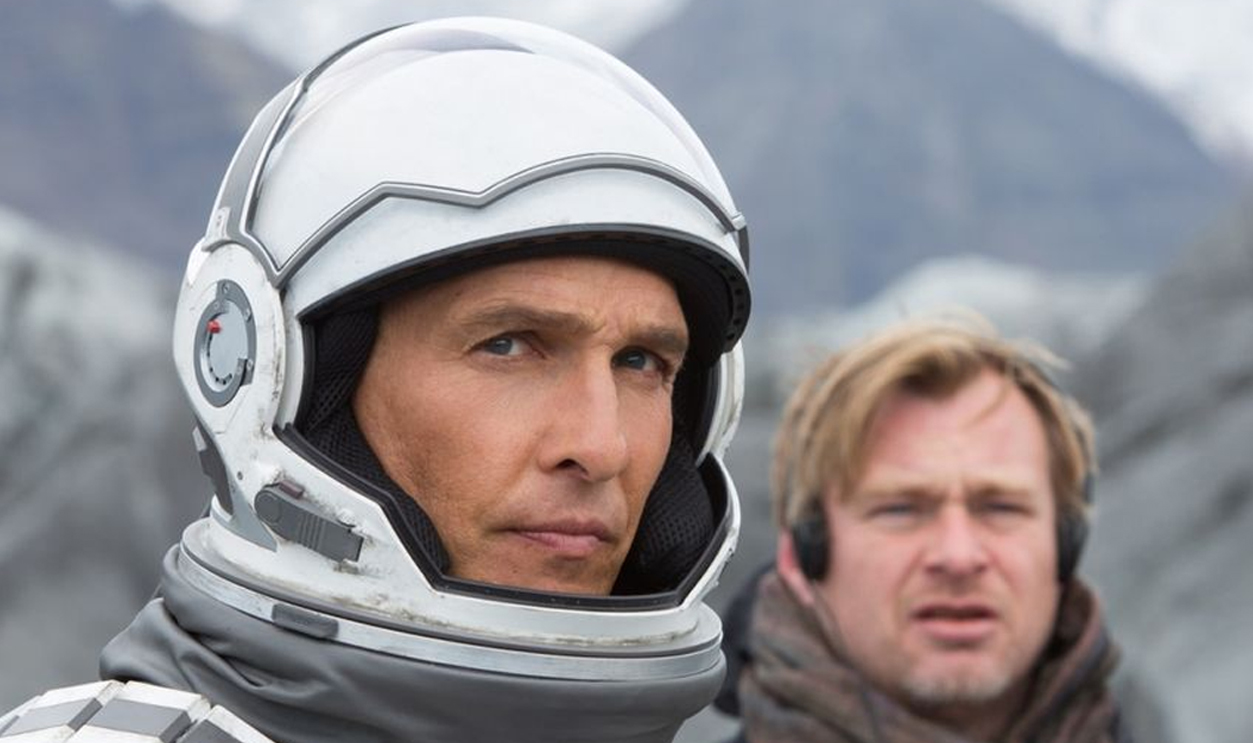
Christopher Nolan researched space since childhood
He also said that growing up with directors like George Lucas and Steven Spielberg showed him the power of storytelling in cinema. He told NPR: “I got to do a lot of things in this film that I've been wanting to do since I was a kid. It's a real sort of childhood dream of mine to do this film and so I feel like I suddenly got a lot of things out of my system.
Anne Hathaway almost got hypothermia
Anne Hathaway discussed a near-death experience from hypothermia during the making of Interstellar. In a 2014 interview, she explained that while filming a scene where she was supposed to be in water, her custom-made suit that was supposed to keep water out malfunctioned, causing her to start drowning.
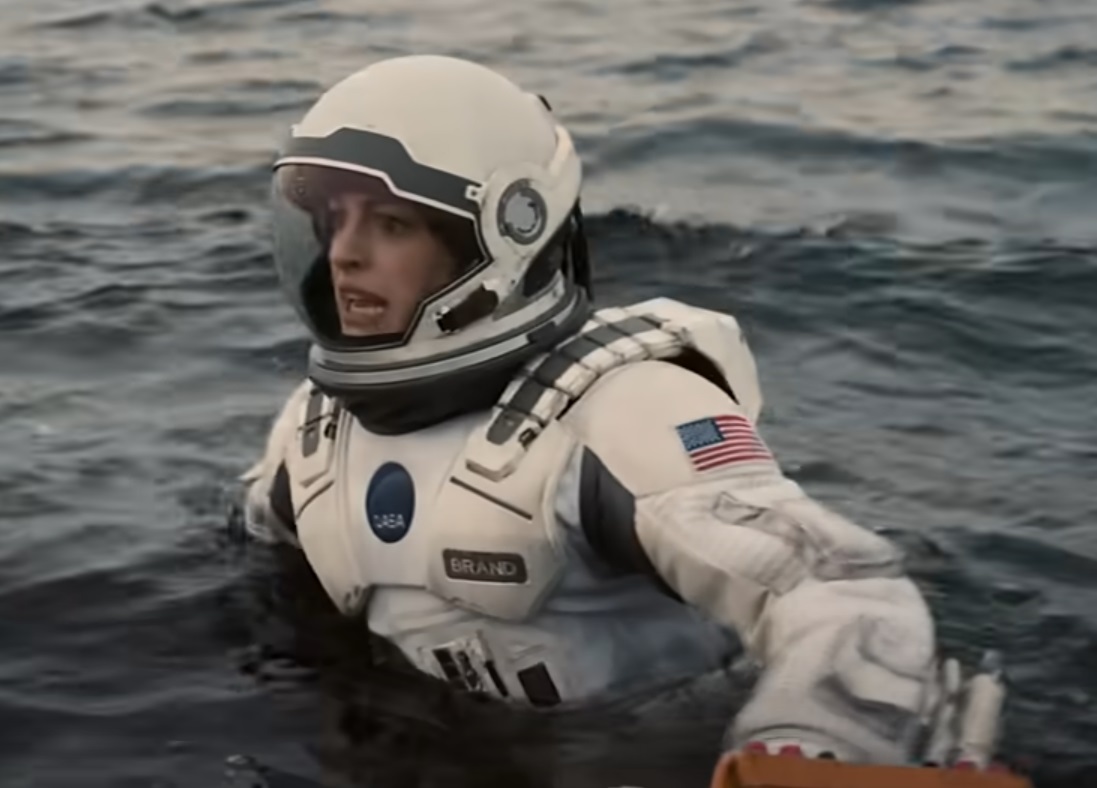 Paramount, Interstellar (2014)
Paramount, Interstellar (2014)
Anne Hathaway almost got hypothermia
Anne found out that her suit was not fully zipped, causing it to fill with water. She joked that Christopher Nolan lacked empathy for her situation, telling the crew without hesitation to start filming after she composed herself.
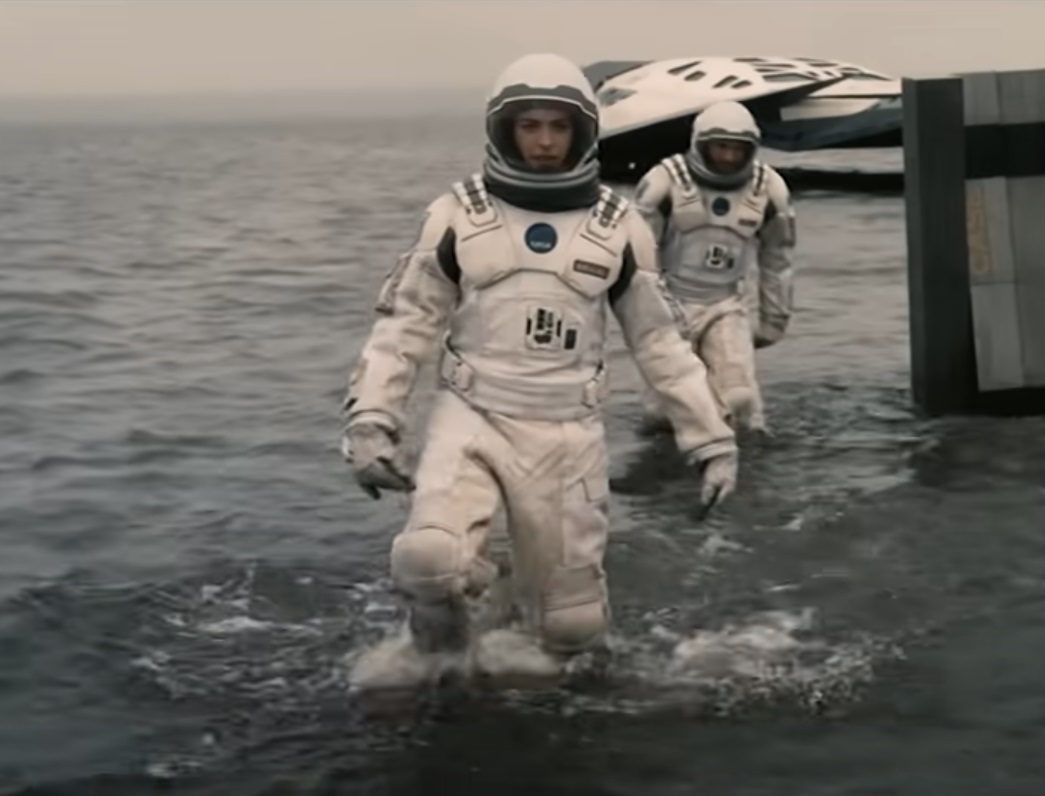 Paramount, Interstellar (2014)
Paramount, Interstellar (2014)
The Dust Bowl was a source of inspiration
Christopher Nolan took inspiration from Ken Burns' documentary The Dust Bowl for the opening scenes of his movie. The interviews involved real people talking about their experiences with immense dust storms.
The Dust Bowl of the 1930’s was a source of inspiration
Christopher Nolan told IndieWire: “We drew it from Ken Burns’ documentary on the dust bowl which he very kindly let me use some excerpts from because even though it’s a science fiction film, I wanted the feeling of dread, the feeling of imbalance between the human race and the planet to be real and credible.”
Zack Snyder offered his expertise
Christopher Nolan wanted real cornfields for his film but he wasn't sure how long they would take to grow. Luckily, Snyder knew plenty about corn, and Nolan asked about crop growth limits. They had finished acres for Man of Steel, so they checked out a location near Calgary.
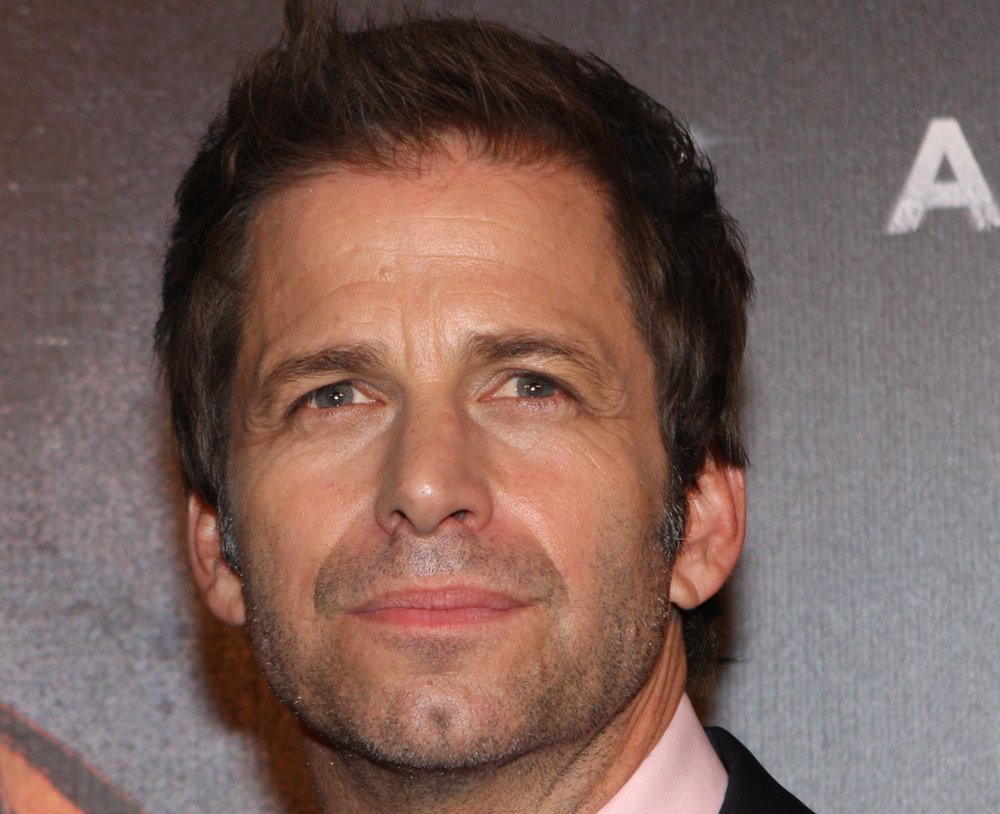 Eva Rinaldi, CC BY-SA 2.0, Wikimedia Commons
Eva Rinaldi, CC BY-SA 2.0, Wikimedia Commons
Zack Snyder offered his expertise
Christopher Nolan told The Daily Beast: “I certainly found it very helpful when I realized we were going to have to grow our own corn. I phoned Zack and said, ‘Well how much did you grow?’ and he told me they grew 300 acres and that it cost X amount, so we grew about 500 acres of corn and actually sold it and ended up making a profit off it.”
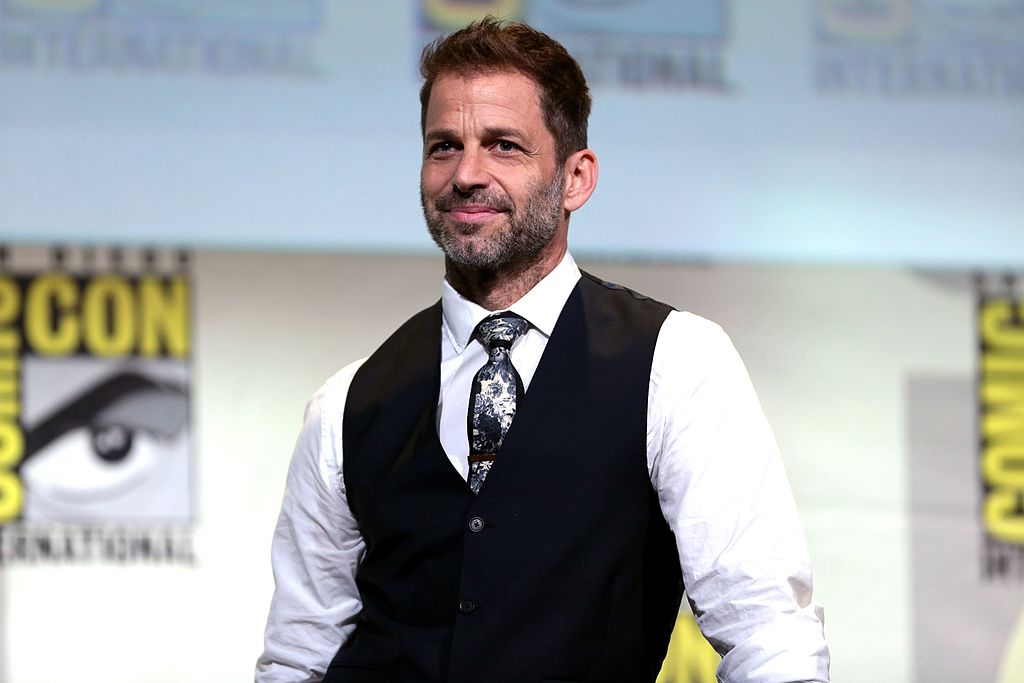 Gage Skidmore, CC BY-SA 2.0, Wikimedia Commons
Gage Skidmore, CC BY-SA 2.0, Wikimedia Commons
The black holes and wormholes were relatively accurate
Dr. Kip Thorne, the theoretical physicist who advised on the movie, is said to have created a relatively accurate depiction of the black hole, Gargantua. He used equations of general relativity, leading to groundbreaking scientific publications.
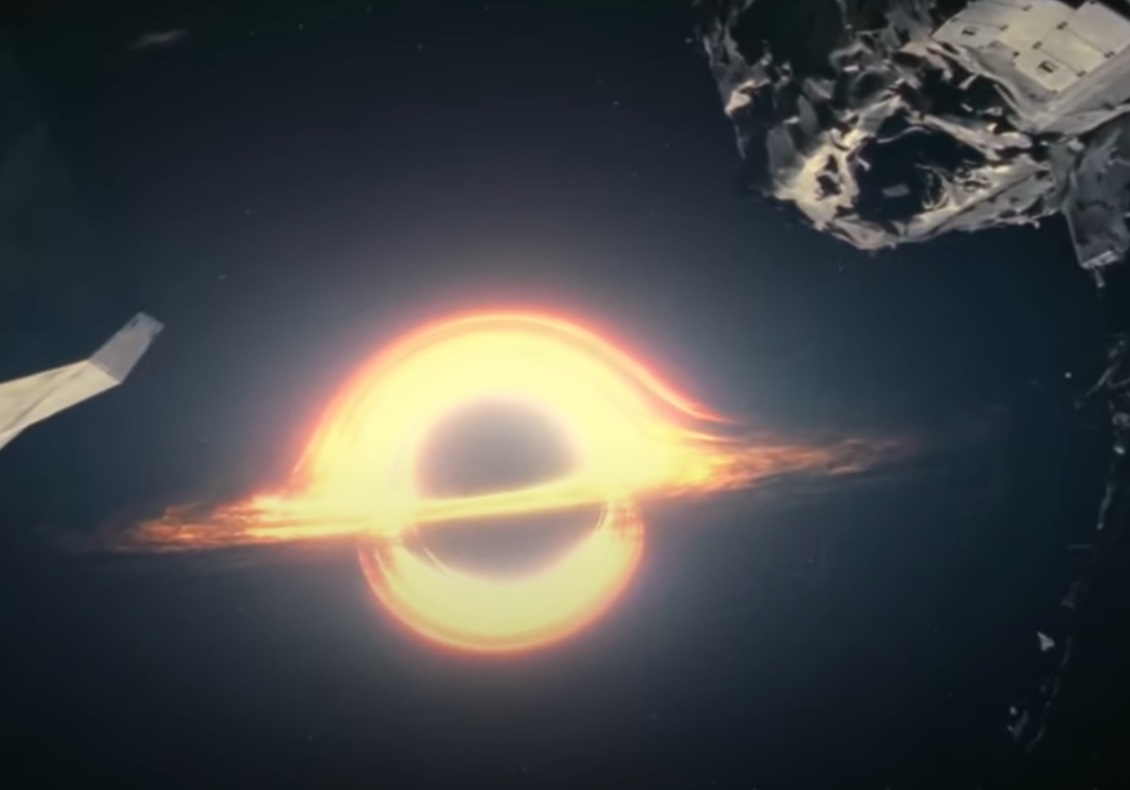 Paramount, Interstellar (2014)
Paramount, Interstellar (2014)
The black holes and wormholes were relatively accurate
Interstellar also incorporates wormholes in a believable way by placing one near Saturn for faster travel to distant galaxies. While we haven't observed wormholes in real life, they are theoretically possible. The film's spherical depiction matches current scientific research.
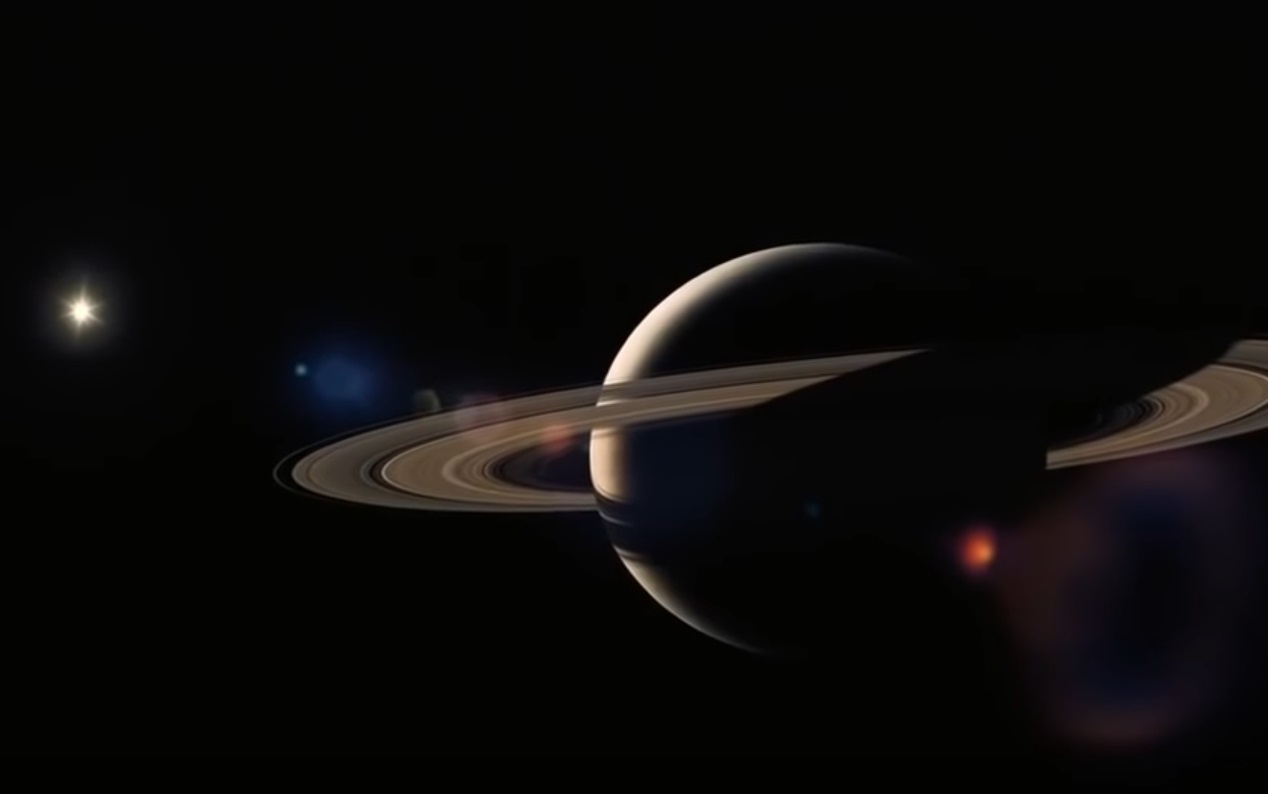 Paramount, Interstellar (2014)
Paramount, Interstellar (2014)
The original script was very different
Interstellar started as a screenplay by Jonathan Nolan that focused on hard science fiction, advanced physics, and complex characters. Christopher Nolan later revised it to emphasize emotional impact, personal relationships, and existential themes while still incorporating scientific concepts.
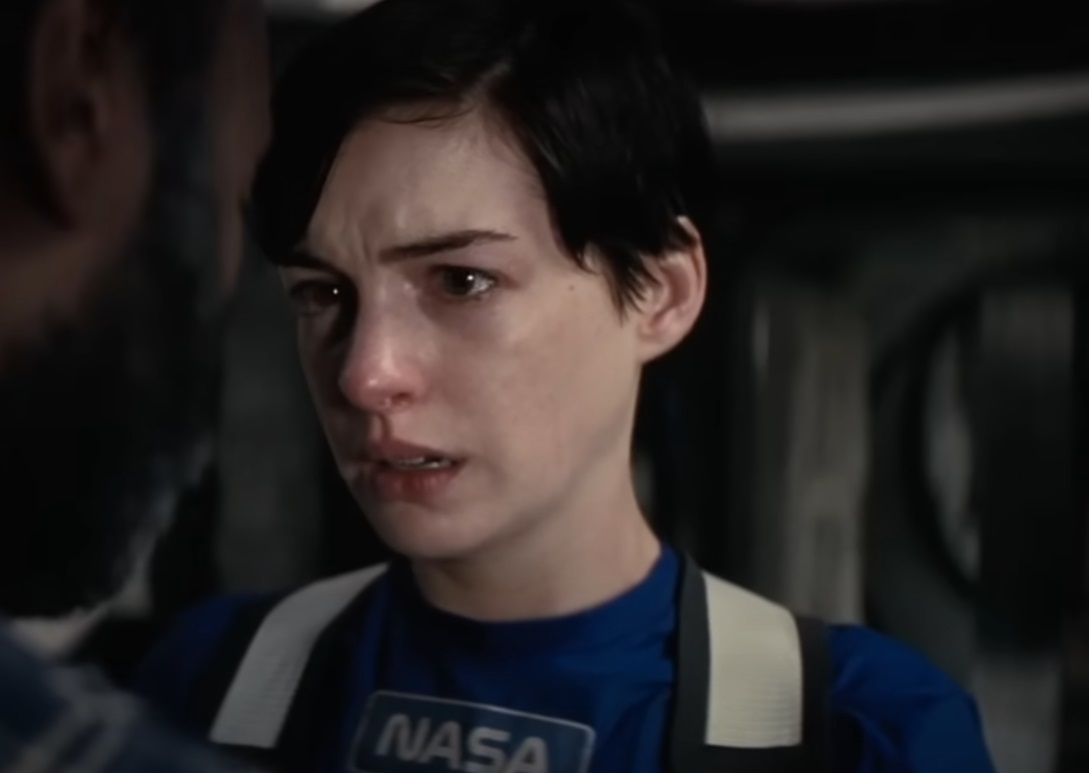 Paramount, Interstellar (2014)
Paramount, Interstellar (2014)
The original script was very different
In Jonathan Nolan's original "Interstellar" script, the ending was darker and focused on the risks of space exploration. It was specifically missing the sentimental reunion between Cooper and Murph seen in Christopher Nolan's adaptation.
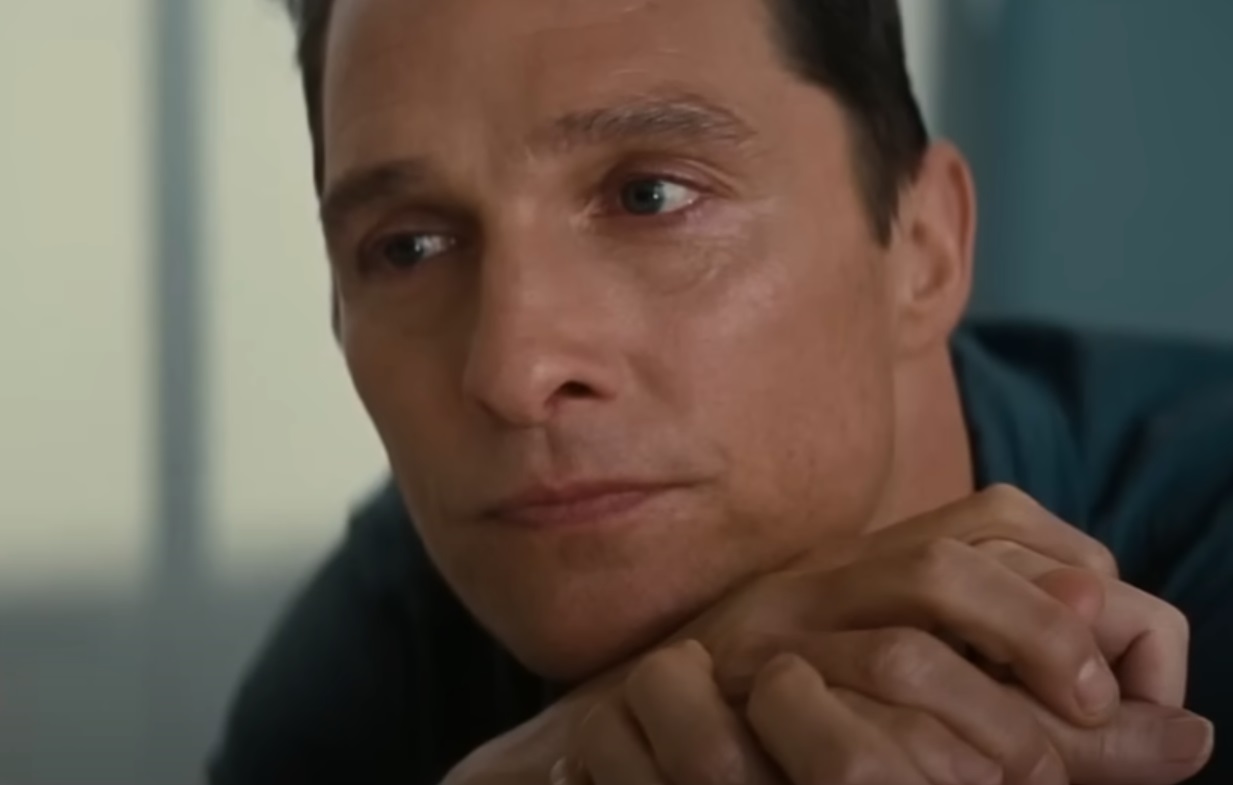 Paramount, Interstellar (2014)
Paramount, Interstellar (2014)
Matthew McConaughey lived in Alberta during filming
Interstellar utilized various scenic locations in Alberta, Canada, with a 500-acre cornfield inspired by Cooper’s character. Longview in Alberta served as a key filming location for the town, with a ranch house converted into Cooper's residence.
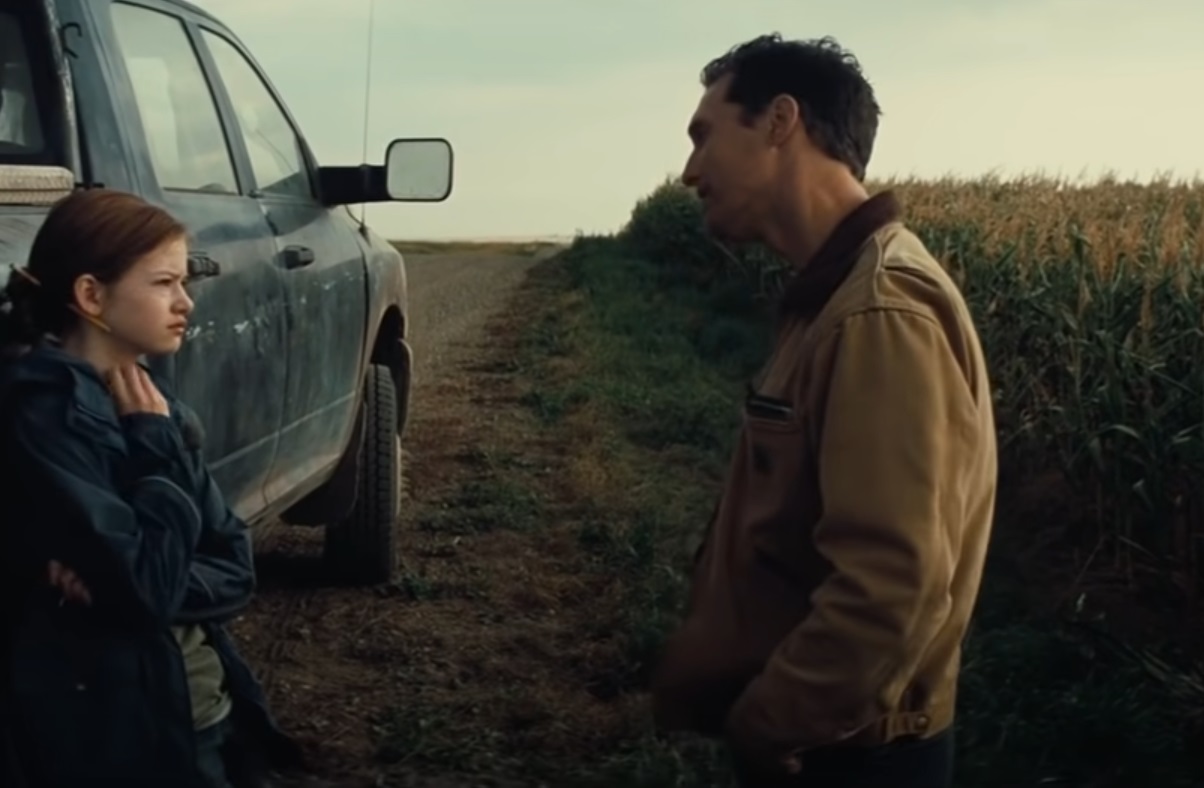 Paramount, Interstellar (2014)
Paramount, Interstellar (2014)
Matthew McConaughey lived in Alberta during filming
Longview School was used as the setting for a school meeting during one scene. Also, the football game sequence in the movie that was disrupted by a dust storm was shot at Seaman Stadium in Okotoks, located to the north of Longview.
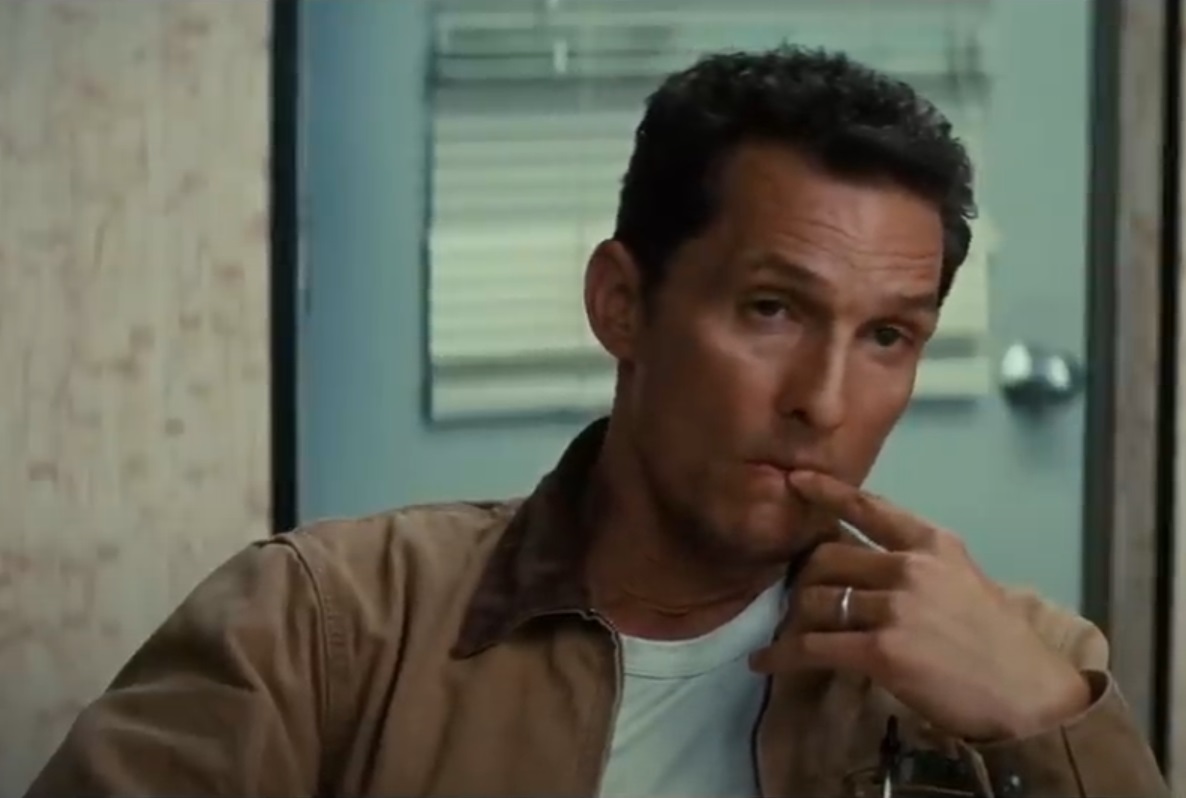 Paramount, Interstellar (2014)
Paramount, Interstellar (2014)
The Right Stuff was a reference guide
Christopher Nolan named the 1983 movie The Right Stuff as inspiration for Interstellar, calling it "almost perfectly made.” The Right Stuff follows the journeys of astronauts’ to Mercury, and it ended up winning awards. It also inspired a documentary and TV show.
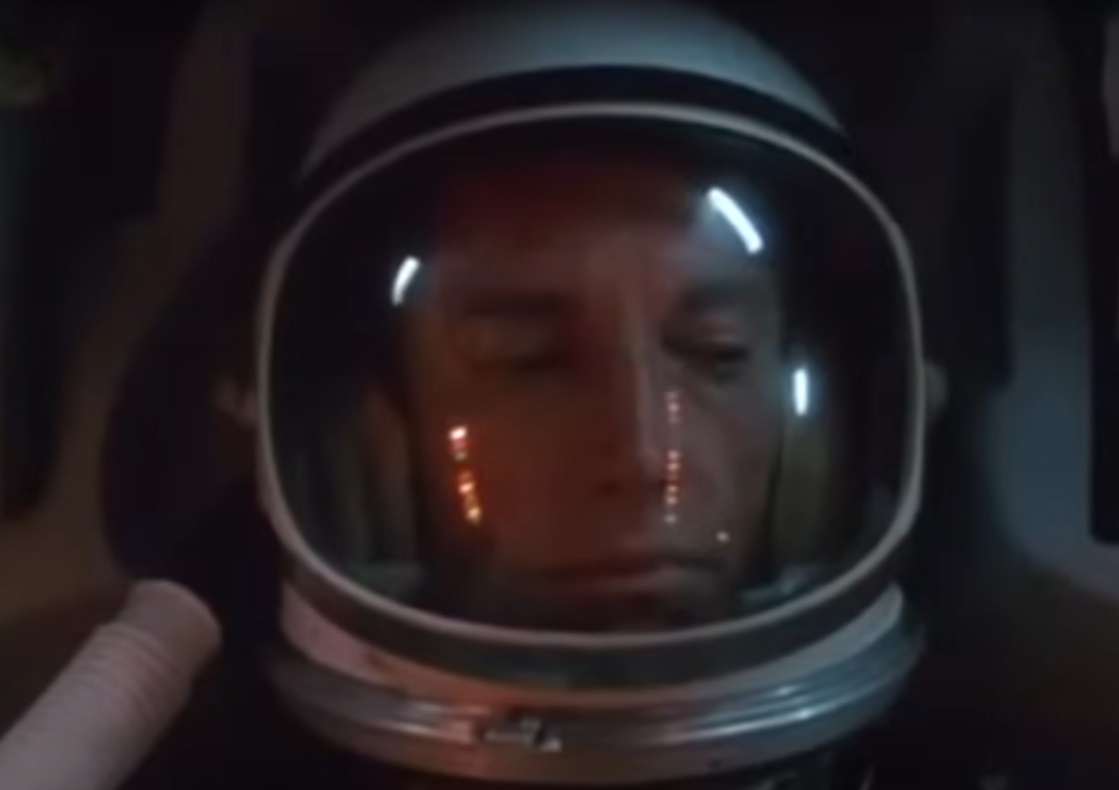 Warner Bros., The Right Stuff (1983)
Warner Bros., The Right Stuff (1983)
The Right Stuff was a reference guide
Christopher Nolan's enthusiasm for the movie led him to organize a special screening for the Interstellar team. He emphasized the importance of experiencing films in theaters and how the movie influenced his work on Interstellar.
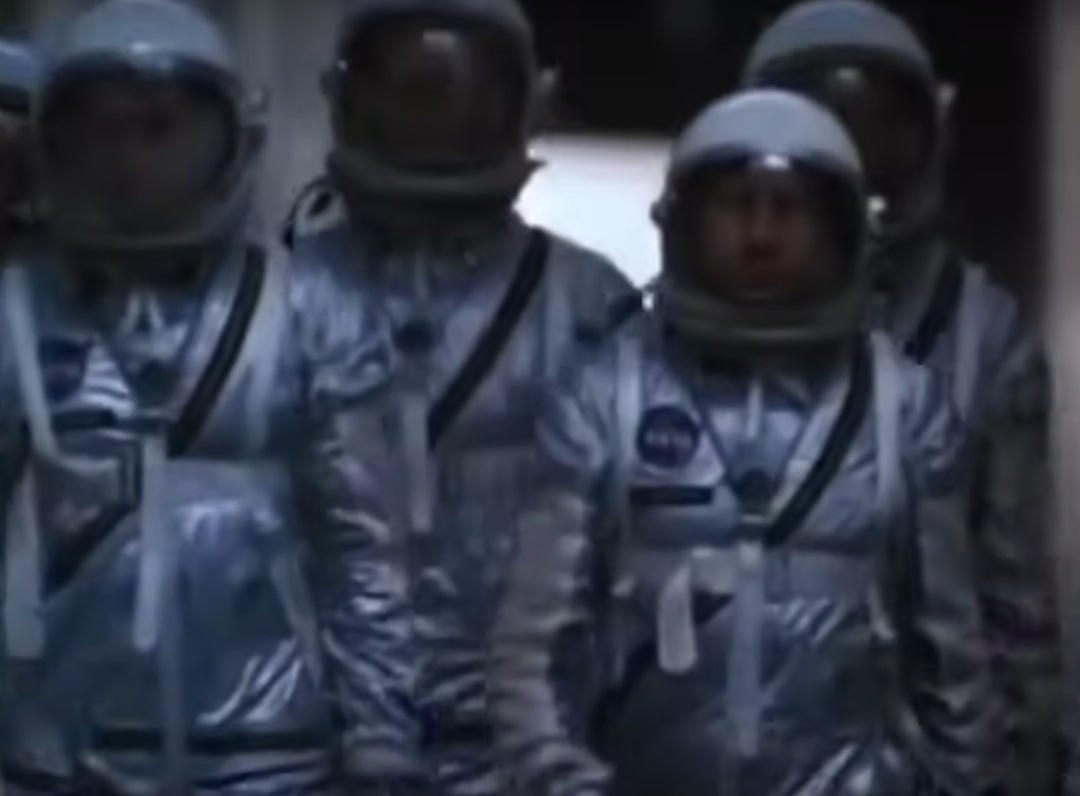 Warner Bros. The Right Stuff (1983)
Warner Bros. The Right Stuff (1983)
Dr. Kip Thorne had two rules for the movie
Early in the making of the movie, Dr. Kip Thorne had just two rules: "First, that nothing would violate established physical laws. Second, that all the wild speculations... would spring from science and not from the fertile mind of a screenwriter."
 Keenan Pepper, CC BY-SA 3.0, Wikimedia Commons
Keenan Pepper, CC BY-SA 3.0, Wikimedia Commons
Dr. Kip Thorne had two rules for the movie
Christopher Nolan agreed to these conditions without disrupting film production. One example of these rules going into effect was when Thorne persuaded Nolan for two weeks to drop the idea of a character moving faster than light.
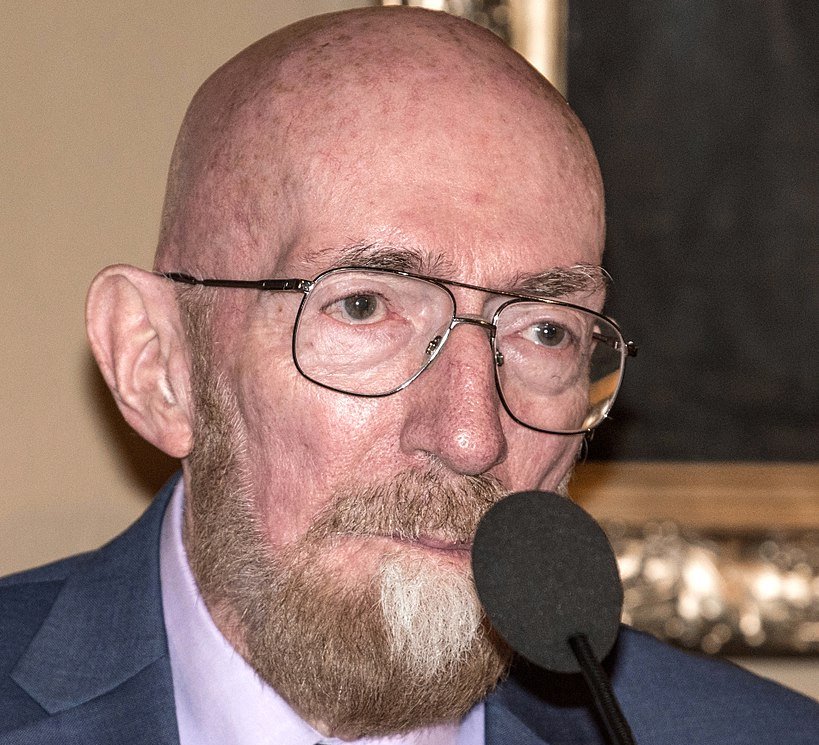 Bengt Nyman, CC BY 2.0, Wikimedia Commons
Bengt Nyman, CC BY 2.0, Wikimedia Commons
One scene was shot in the middle of a huge storm for realism
The filming team went above and beyond, jumping onto a Learjet during an active storm in Louisiana in order to get realistic shots. The shots were used during the icy planet landing scene to make it look a lot more realistic.
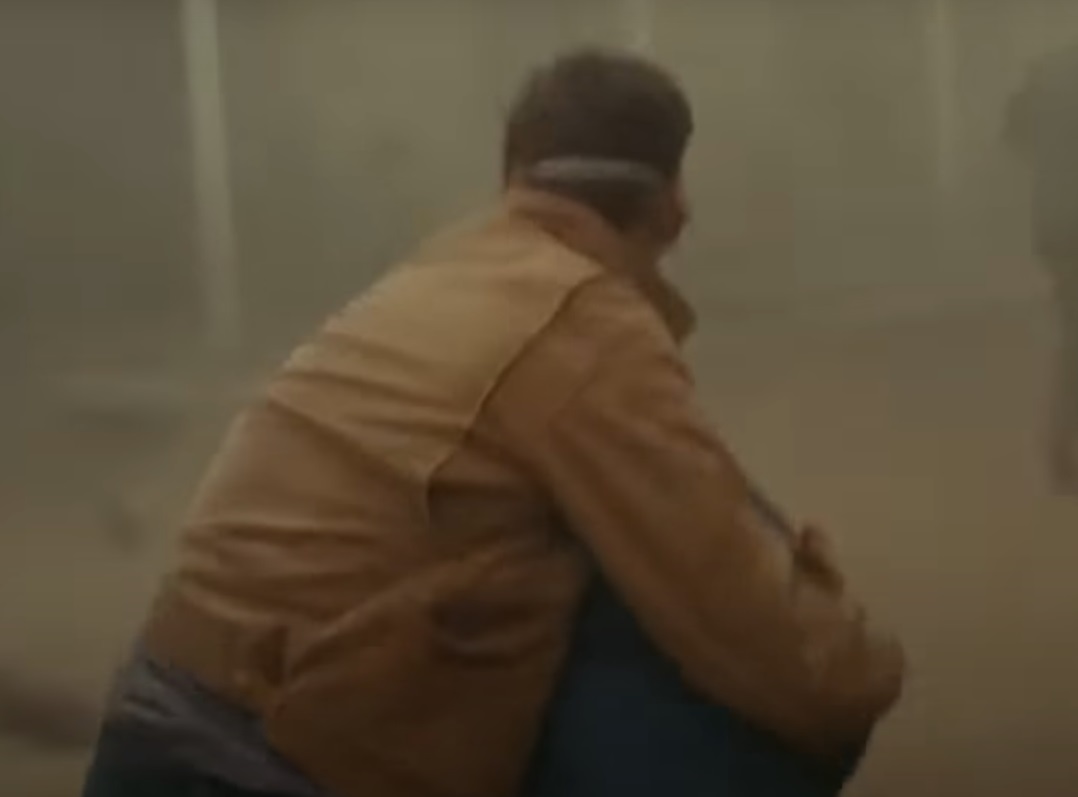 Paramount, Interstellar (2014)
Paramount, Interstellar (2014)
One scene was shot in the middle of a huge storm for realism
A Reddit post went viral for a photo of the IMAX camera Christopher Nolan used in the storm. The IMAX camera was essentially rigged to the nose of the Learjet, capturing shots as it flew through the storm’s center.
 Paramount, Interstellar (2014)
Paramount, Interstellar (2014)
The script was originally supposed to go to Spielberg
In 2006, Steven Spielberg became captivated by Caltech physicist Kip Thorne's theories on wormholes and time travel while at Dreamworks under Paramount ownership. He enlisted Jonathan Nolan to write a screenplay based on these concepts.
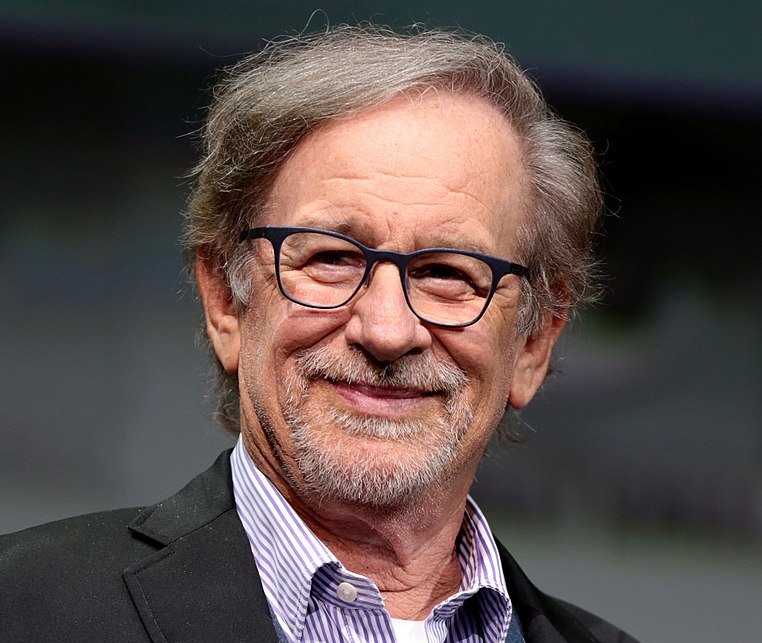 Gage Skidmore, CC BY-SA 3.0, Wikimedia Commons
Gage Skidmore, CC BY-SA 3.0, Wikimedia Commons
The script was originally supposed to go to Spielberg
Spielberg had to abandon the project as DreamWorks broke ties with Paramount, the story's owner. In January 2013, Chris Nolan took over from Spielberg on the project after The Dark Knight Rises. He immediately began working on Jonah Nolan's script, incorporating his own ideas.
 Martin Kraft, CC BY-SA 4.0, Wikimedia Commons
Martin Kraft, CC BY-SA 4.0, Wikimedia Commons
Minimal green screens were used
Christopher Nolan rarely used green screens while filming to keep the reactions of the cast realistic. While he utilized a few for CGI filler effects, he avoided them as much as he could by sticking to properly-scaled sets and simulators.
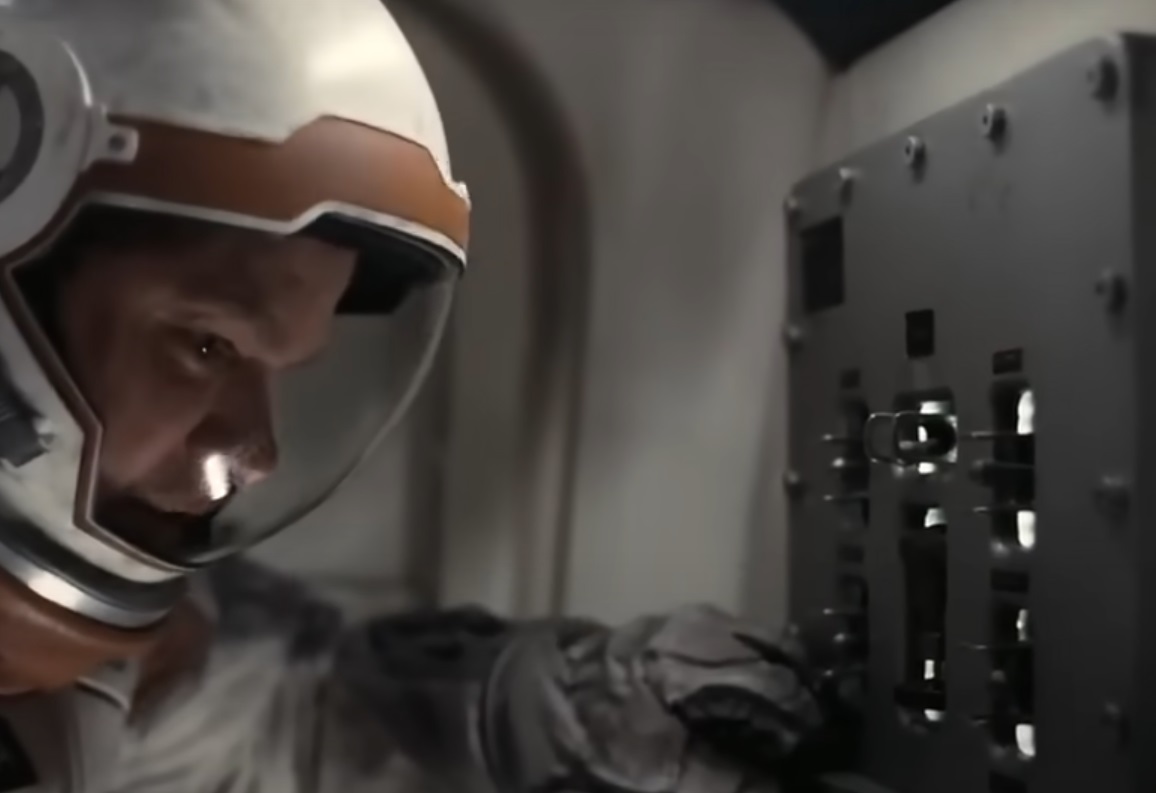 Paramount, Interstellar (2014)
Paramount, Interstellar (2014)
Minimal green screens were used
For example, Nolan and his team built a realistic cockpit for actors in spaceship scenes. It functioned like a flight simulator, allowing for authentic movement. Using physical set pieces gave Nolan more directorial freedom and captured genuine actor reactions.
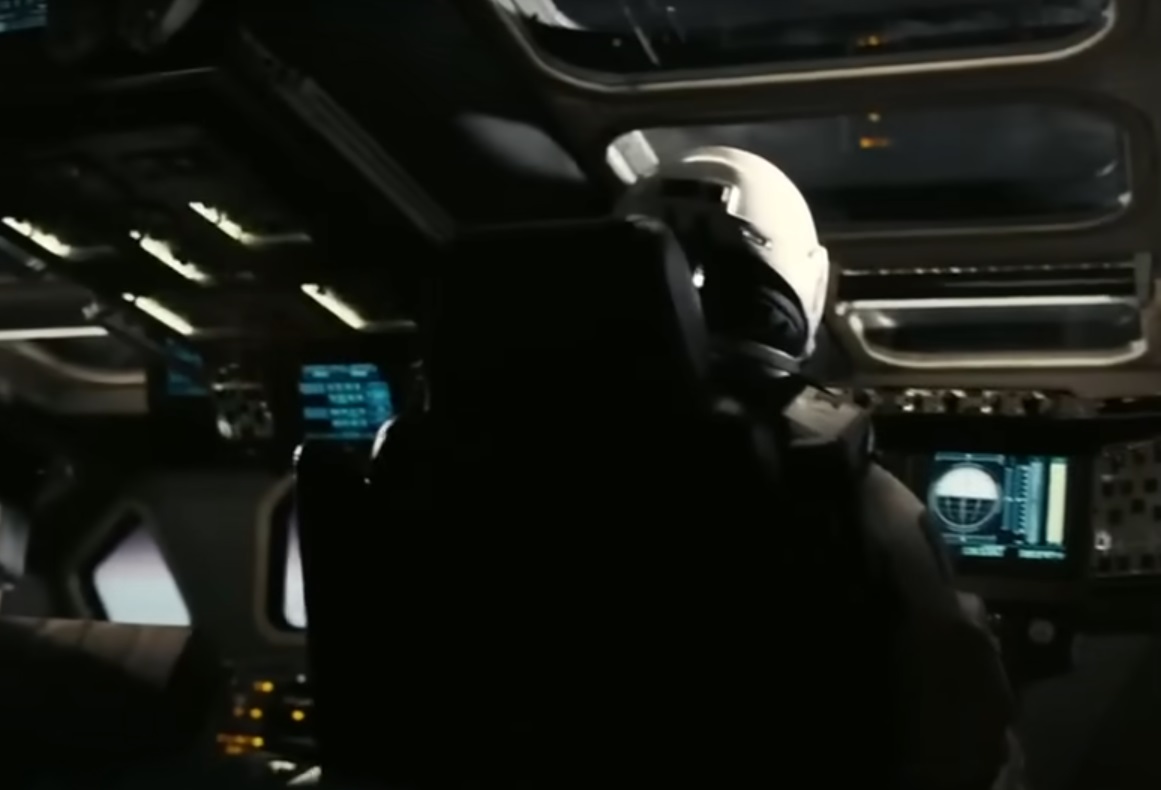 Paramount, Interstellar (2014)
Paramount, Interstellar (2014)
Interstellar is a comment on the decline of the space program
One of Interstellar’s goals was to shed light on the dwindling interest in space exploration. The movie set out to renew interest in the work that our scientists, astronomers, and researchers do to provide us answers about the unknown.
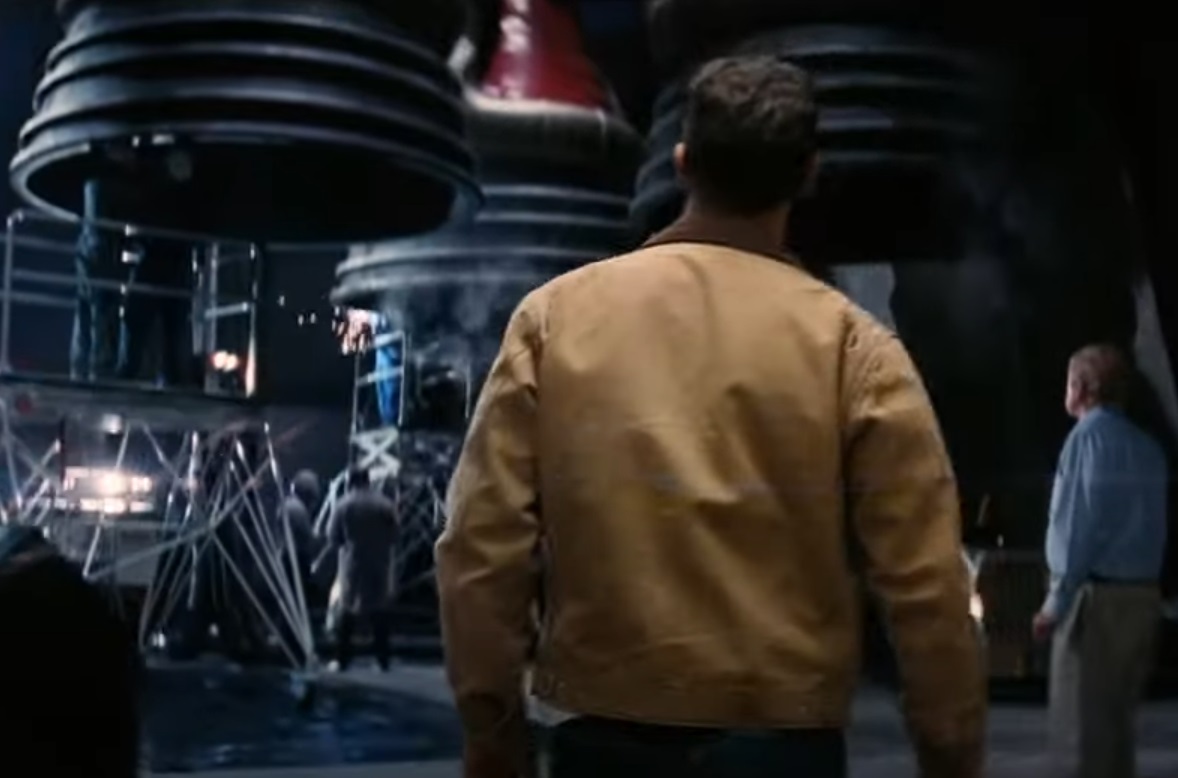 Paramount, Interstellar (2014)
Paramount, Interstellar (2014)
Interstellar is a comment on the decline of the space program
The movie highlights the importance of exploring beyond Earth for humanity's survival, commenting on the neglect and lack of support for NASA. It also emphasizes the crucial role of scientific discovery and exploration in ensuring a positive future for humankind.
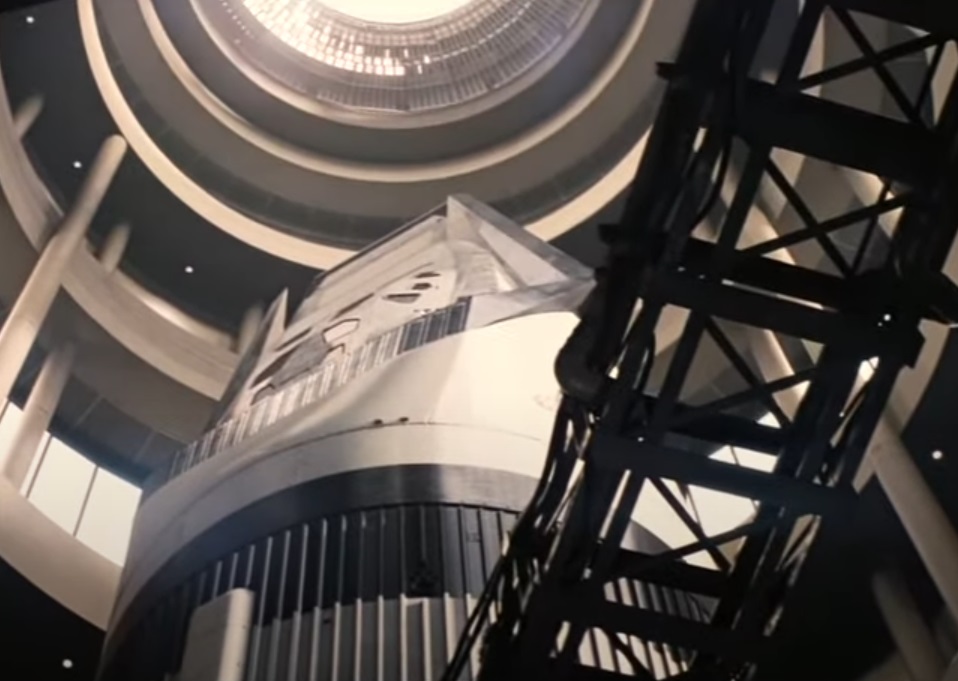 Paramount, Interstellar (2014)
Paramount, Interstellar (2014)
The word “sci-fi” was used as a negative term on set
According to Esquire, the word “sci-fi” was considered a “dirty word” on set. Though it was frequently used during filming, it was used to indicate if something was overly futuristic to the point of losing realism.
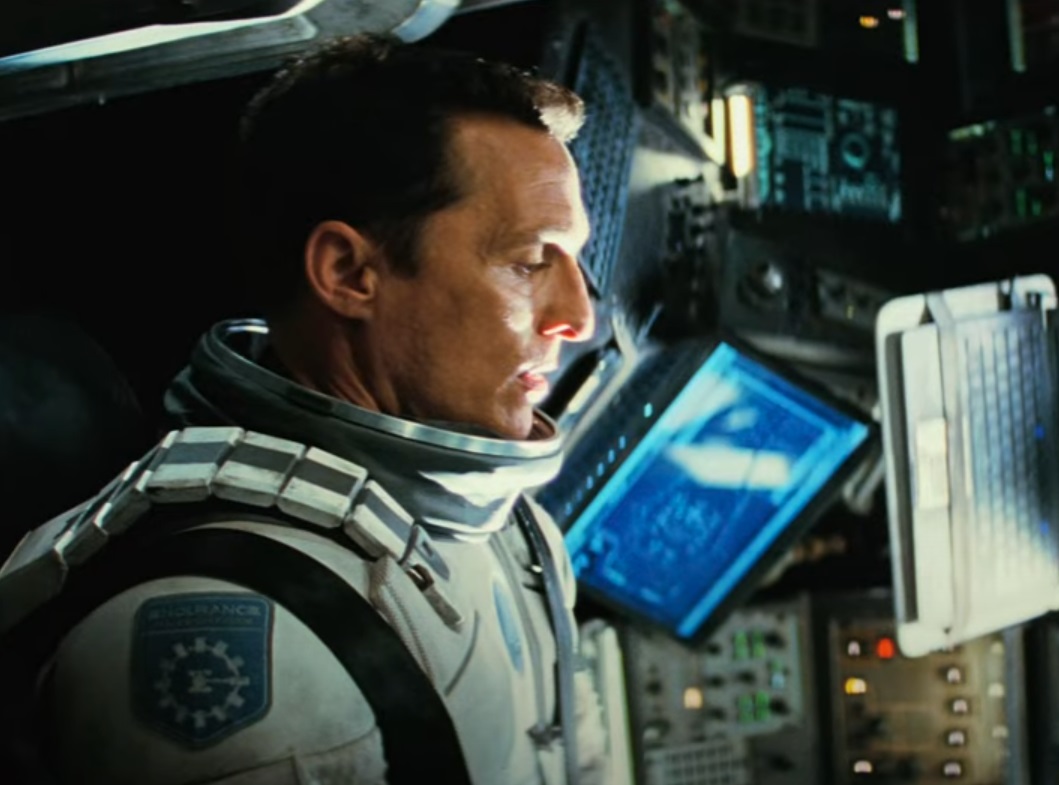 Paramount, Interstellar (2014)
Paramount, Interstellar (2014)
The word “sci-fi” was used as a negative term on set
Nolan opted for a more realistic approach in costume and set design for his early space-themed projects, using items from charity stores and creating small, cozy sets resembling present-day spacecraft. This "used future" aesthetic draws inspiration from late-'70s sci-fi films.
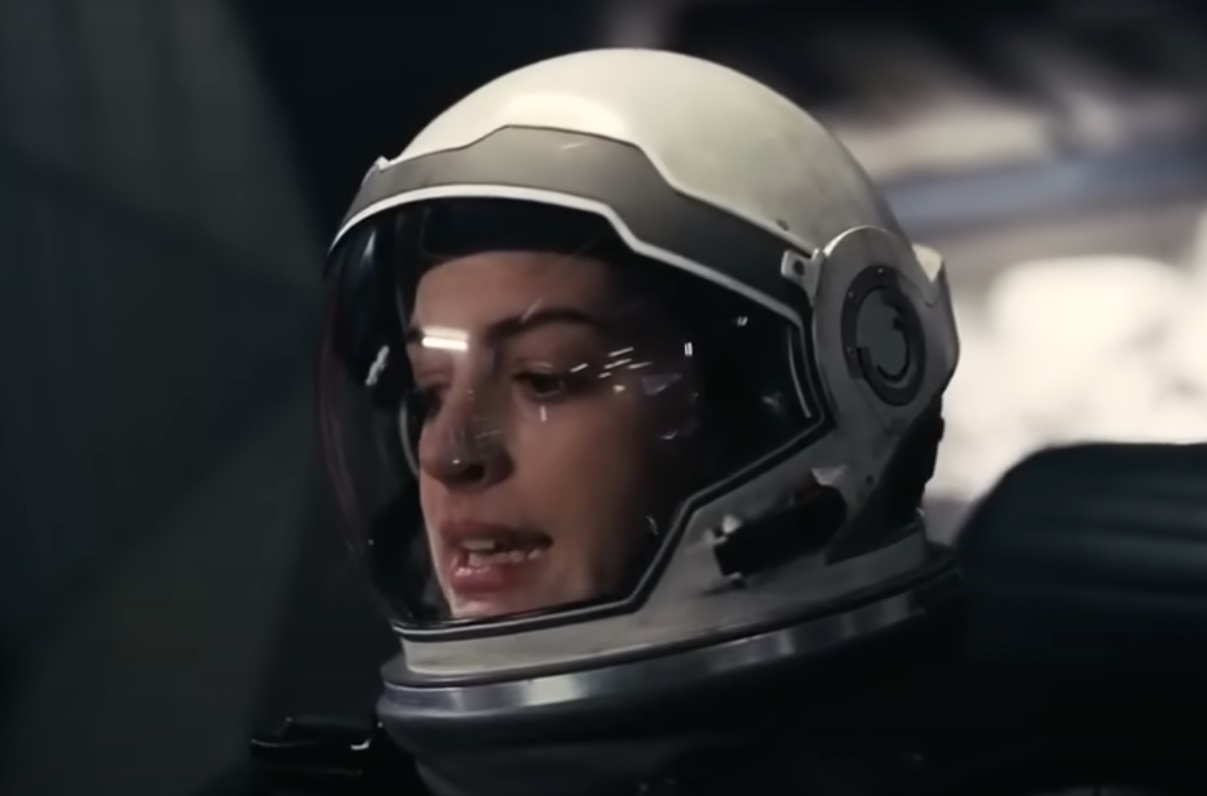 Paramount, Interstellar (2014)
Paramount, Interstellar (2014)
Hans Zimmer basically composed the score with no context
Hans Zimmer had collaborated with Christopher Nolan multiple times before, composing music for The Dark Knight trilogy and Inception. Nolan gave Zimmer a brief story about a father leaving his child for a big mission without giving away the plot of the movie. Next, he requested that Zimmer come up with something and report back to him.
 Richard Yaussi, CC BY 2.0, Wikimedia Commons
Richard Yaussi, CC BY 2.0, Wikimedia Commons
Hans Zimmer basically composed the score with no context
Zimmer quickly composed a piano and organ piece in one night, using the theme of fatherhood as his inspiration. When he shared it with Nolan, the director was thrilled and expanded on the film's storyline. Zimmer was initially unsure, but Nolan insisted the music was essential to the film and it ultimately played at the end.
 Raph_PH, CC BY 2.0, Wikimedia Commons
Raph_PH, CC BY 2.0, Wikimedia Commons
The movie was filmed with one camera
Interstellar was filmed with a single 70-mm IMAX camera, chosen by director Christopher Nolan and cinematographer Hoyte van Hoytema. The large size and weight of the camera required careful planning and creative solutions for capturing the detailed visuals.
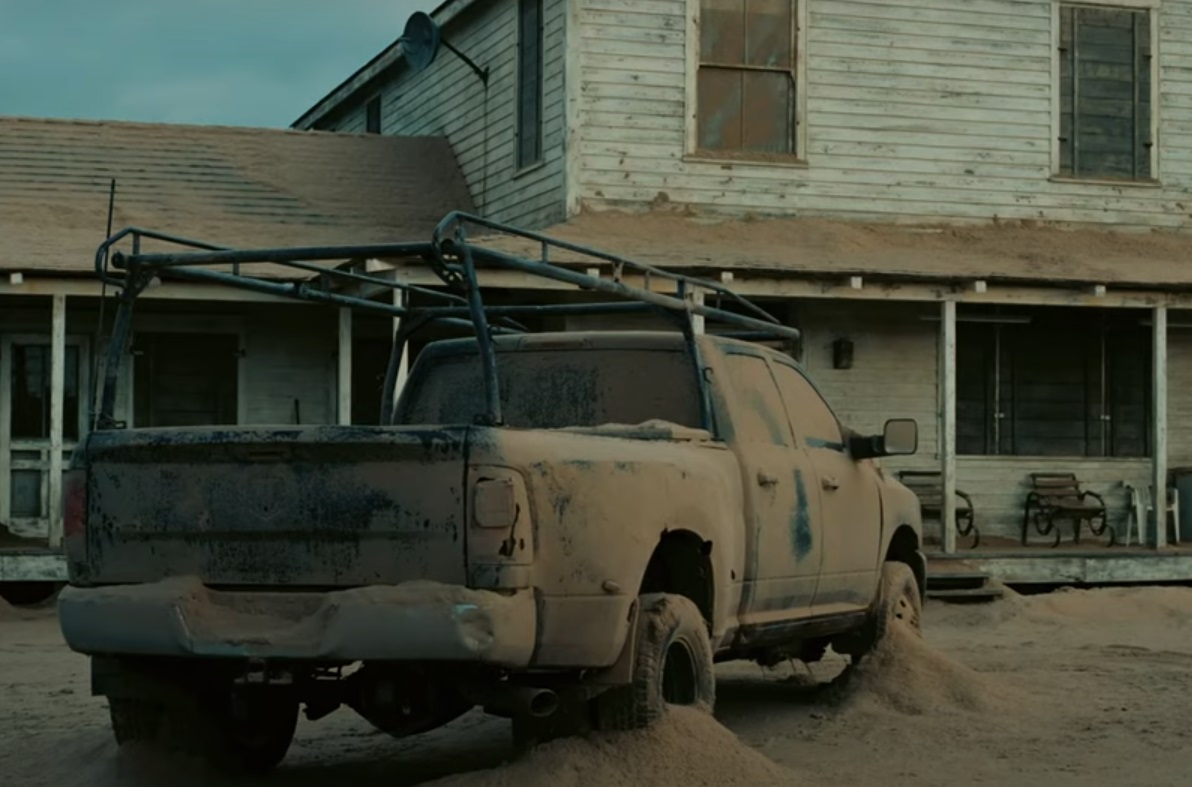 Paramount, Interstellar (2014)
Paramount, Interstellar (2014)
The movie was filmed with one camera
Custom-made rigs and practical effects were used to overcome technical limitations. The decision to use a single camera ensured consistency of the visuals and emotional impact. The method also improved the storytelling elements of the film, showcasing Nolan's dedication to authenticity.
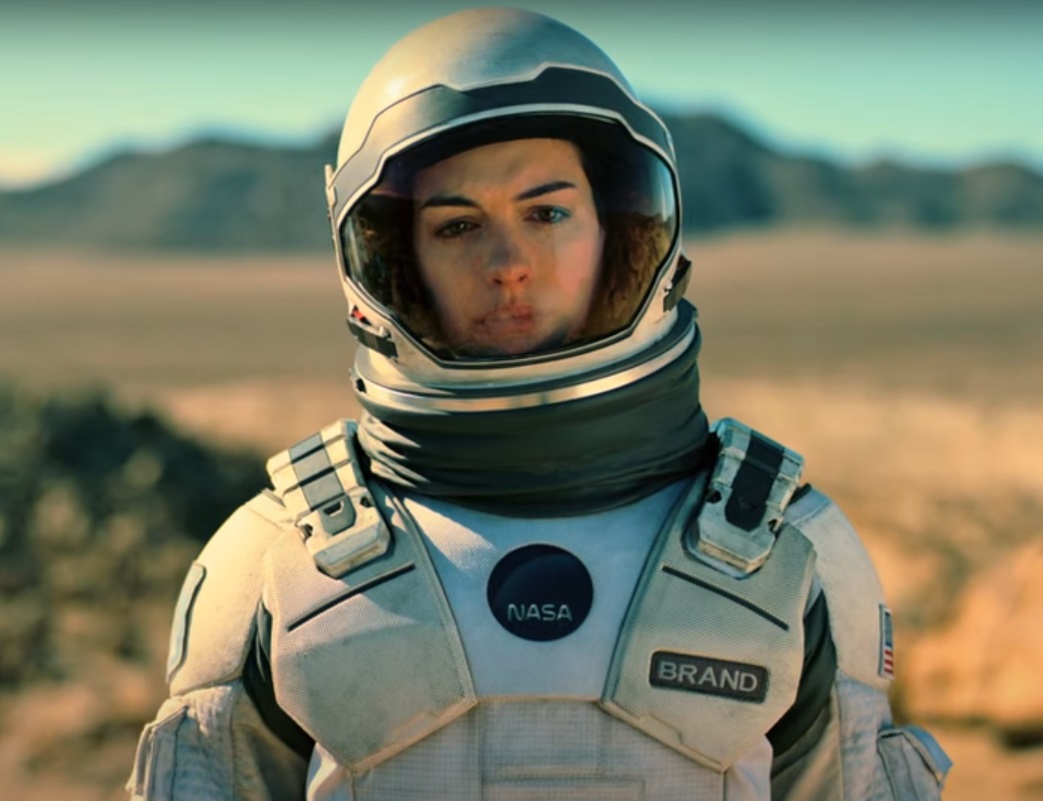 Paramount, Interstellar (2014)
Paramount, Interstellar (2014)
CGI was avoided as much as possible
Christopher Nolan minimized CGI use in Interstellar for authenticity purposes, favoring practical effects to enhance the cast’s performance. As a filmmaker, he generally values practical effects in combination with detailed sets, miniatures, and real locations.
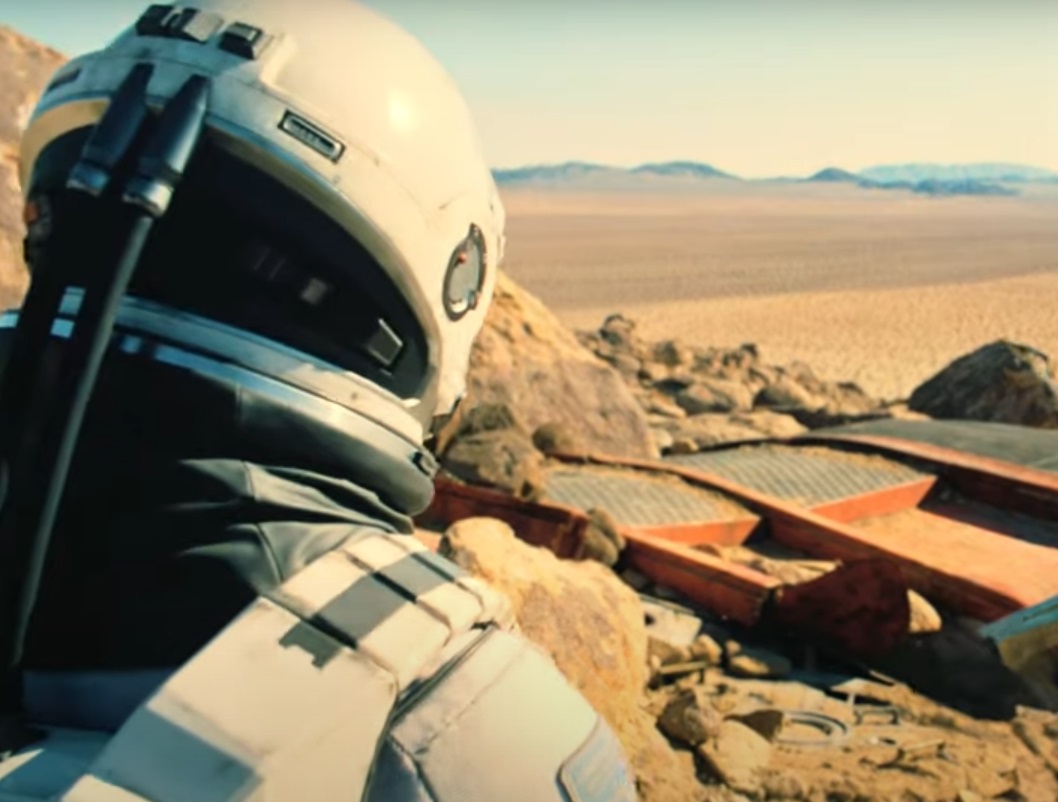 Paramount, Interstellar (2014)
Paramount, Interstellar (2014)
CGI was avoided as much as possible
Special effects in-camera added to the illusion of space travel and events, integrating visual effects seamlessly with live-action. Nolan's approach respected traditional sci-fi while making fantastical elements in Interstellar feel as real as possible for the viewers.
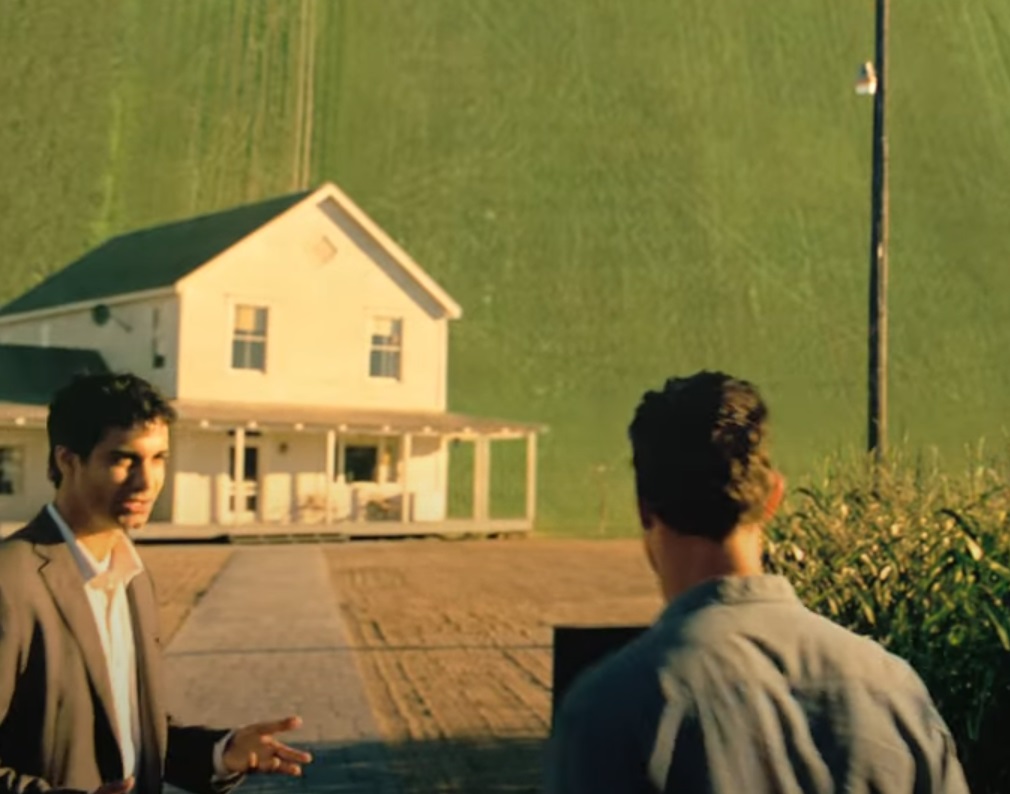 Paramount, Interstellar (2014)
Paramount, Interstellar (2014)
The cornfield made them an actual profit
The cornfield from Interstellar ended up being a surprisingly lucrative investment for the production team. Christopher Nolan opted to grow 500 acres of corn just for the movie, drawing from a comparable tactic seen in Zack Snyder's Man of Steel as previously mentioned.
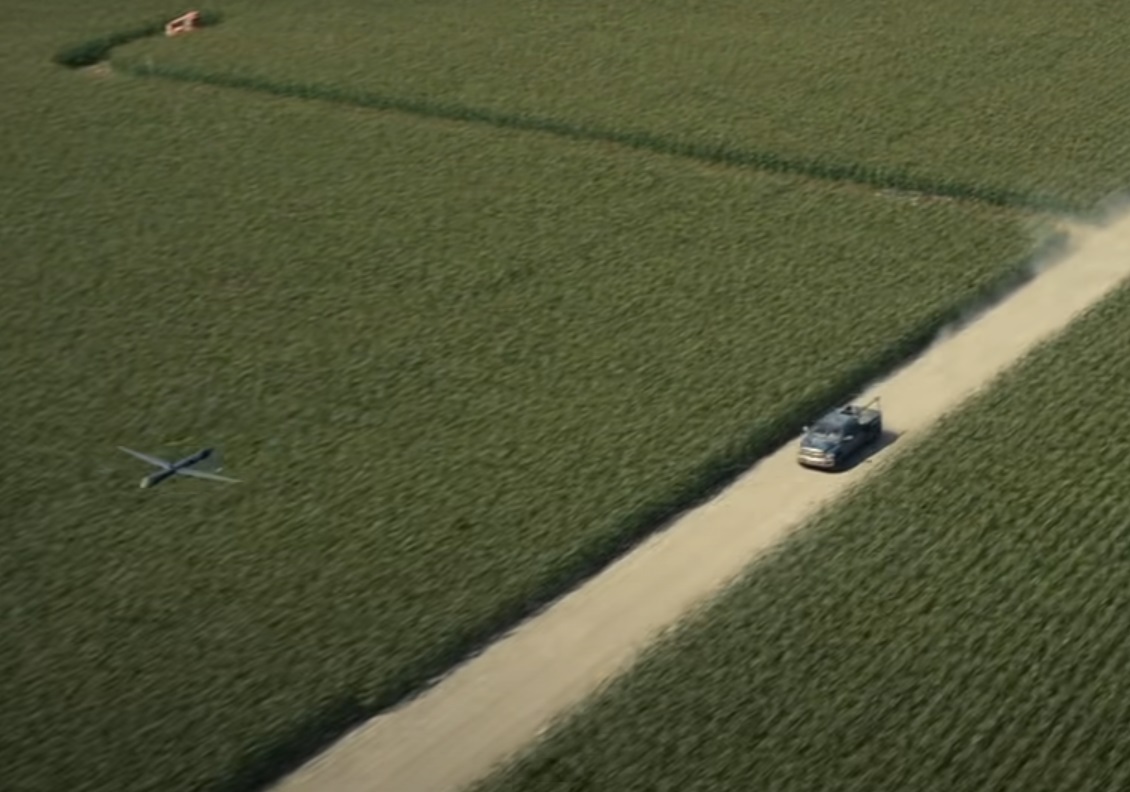 Paramount, Interstellar (2014)
Paramount, Interstellar (2014)
The cornfield made them an actual profit
After filming, the harvested corn was sold, cutting production costs significantly. This cost-effective approach not only achieved visual authenticity as desired, but also demonstrated the filmmakers' resourceful planning.
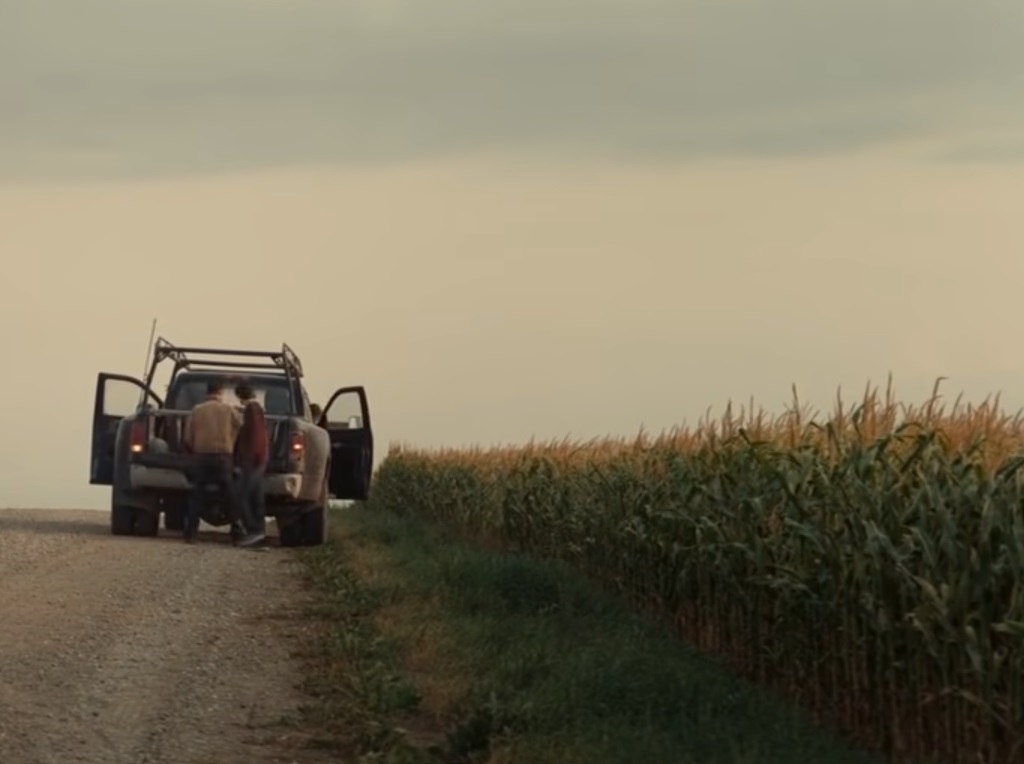 Paramount, Interstellar (2014)
Paramount, Interstellar (2014)
Spacecraft were operational and to scale
Interstellar features fully functional and size-accurate spaceships crafted by Nathan Crowley's team, particularly the Endurance. The detailed, full-size set allowed actors to genuinely interact with their surroundings, enhancing their performances over green screens.
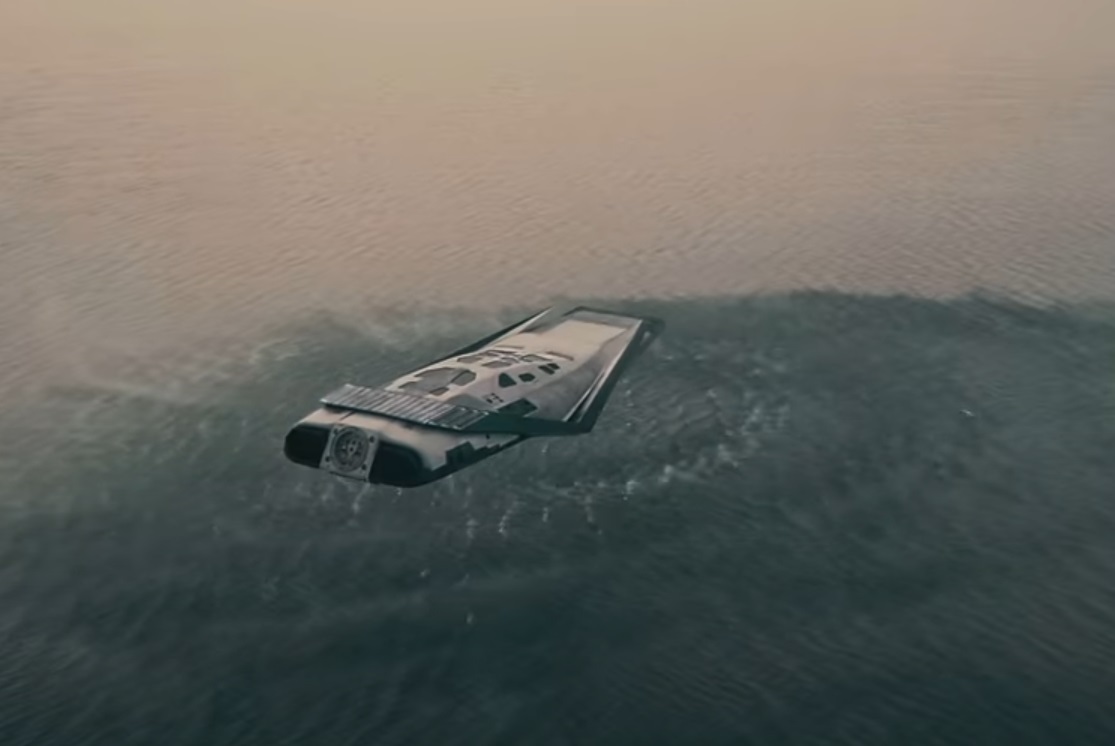 Paramount, Interstellar (2014)
Paramount, Interstellar (2014)
Spacecraft were operational and to scale
The Endurance was designed like real space stations, including rotating sections for artificial gravity and a modular structure. The Ranger and Lander spacecraft were built to size with working controls as well; all for the sake of authenticity.
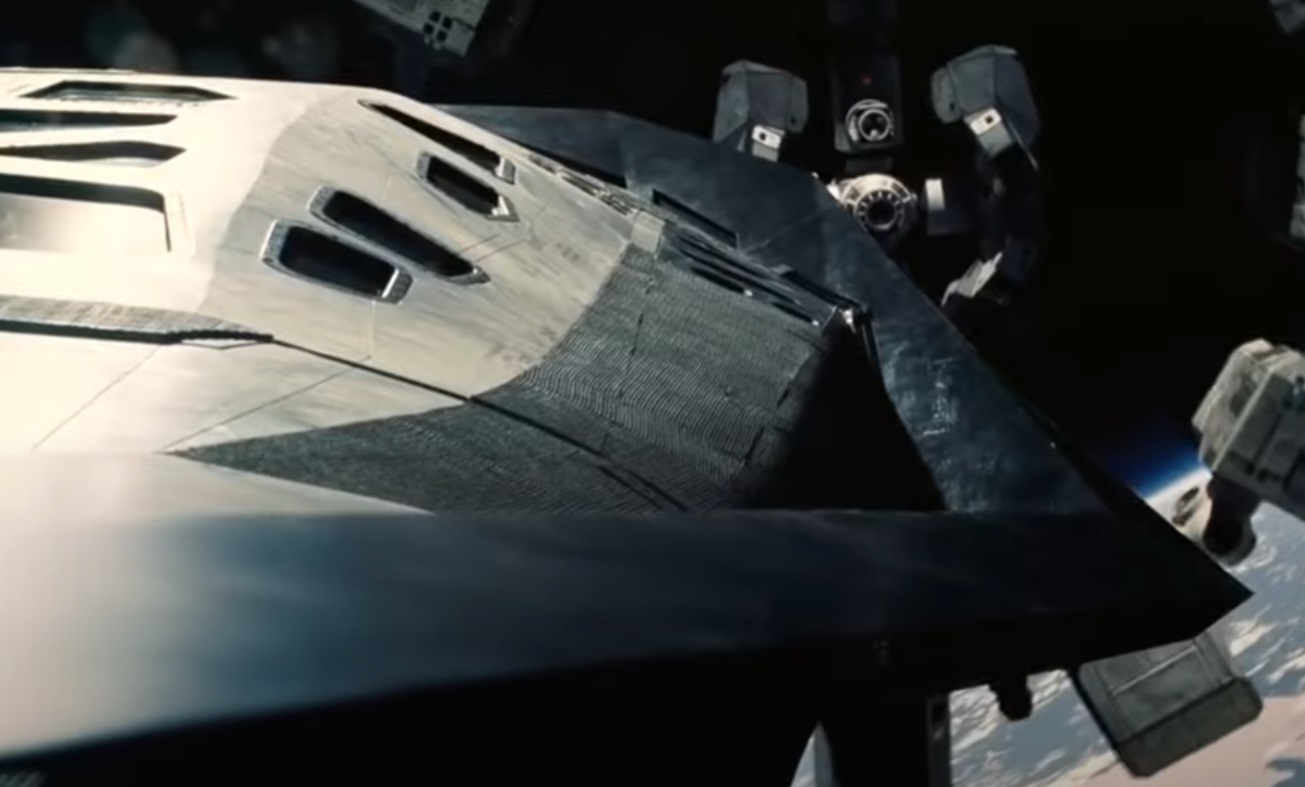 Paramount, Interstellar (2014)
Paramount, Interstellar (2014)
TARS, a fan-favorite in the movie, was real
TARS, the robot sidekick, was brought to life through a mix of practical effects and puppetry. Instead of relying solely on CGI, a life-sized puppet of TARS was made by special effects supervisor Scott Fisher and controlled by puppeteer Bill Irwin using aluminum and carbon fiber materials.
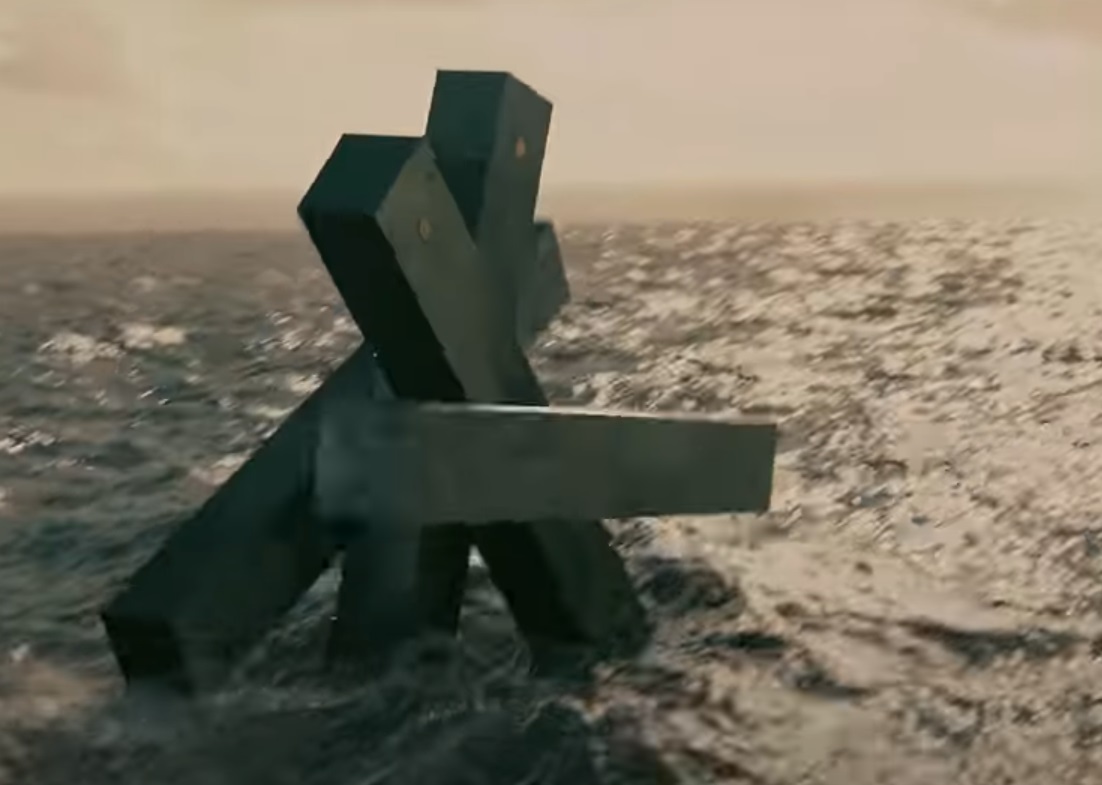 Paramount, Interstellar (2014)
Paramount, Interstellar (2014)
TARS, a fan-favorite in the movie, was real
This approach allowed for “real” interactions between the robot and actors during filming, with Irwin operating TARS through a system of pulleys and levers. While some CGI was used to enhance scenes, the majority of TARS's presence was achieved through practical effects.
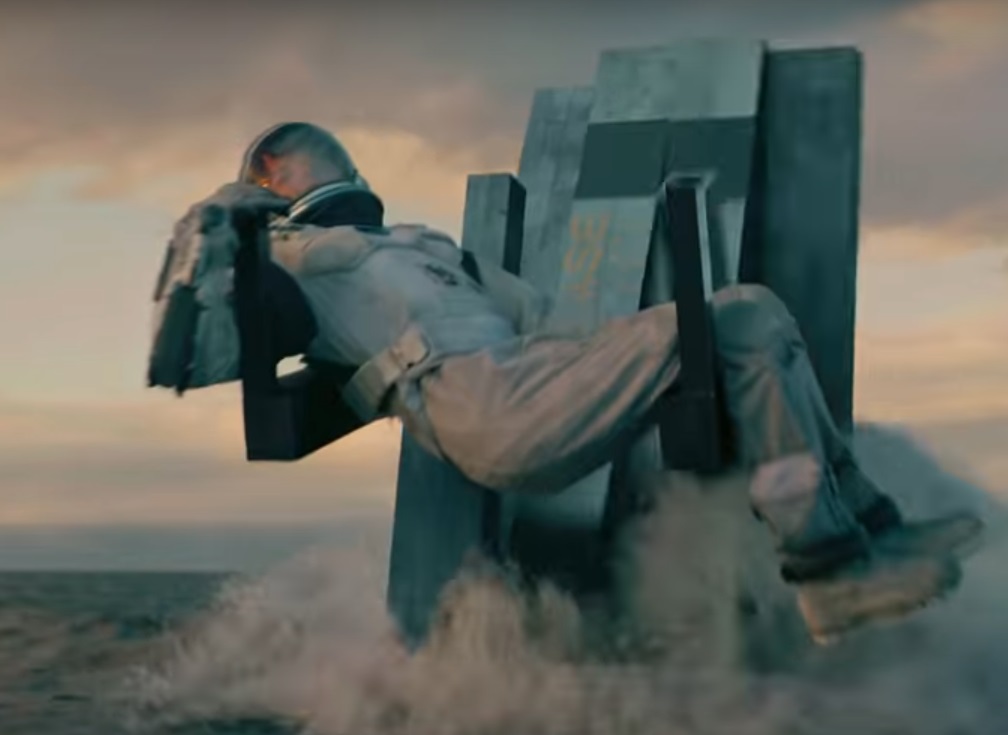 Paramount, Interstellar (2014)
Paramount, Interstellar (2014)

